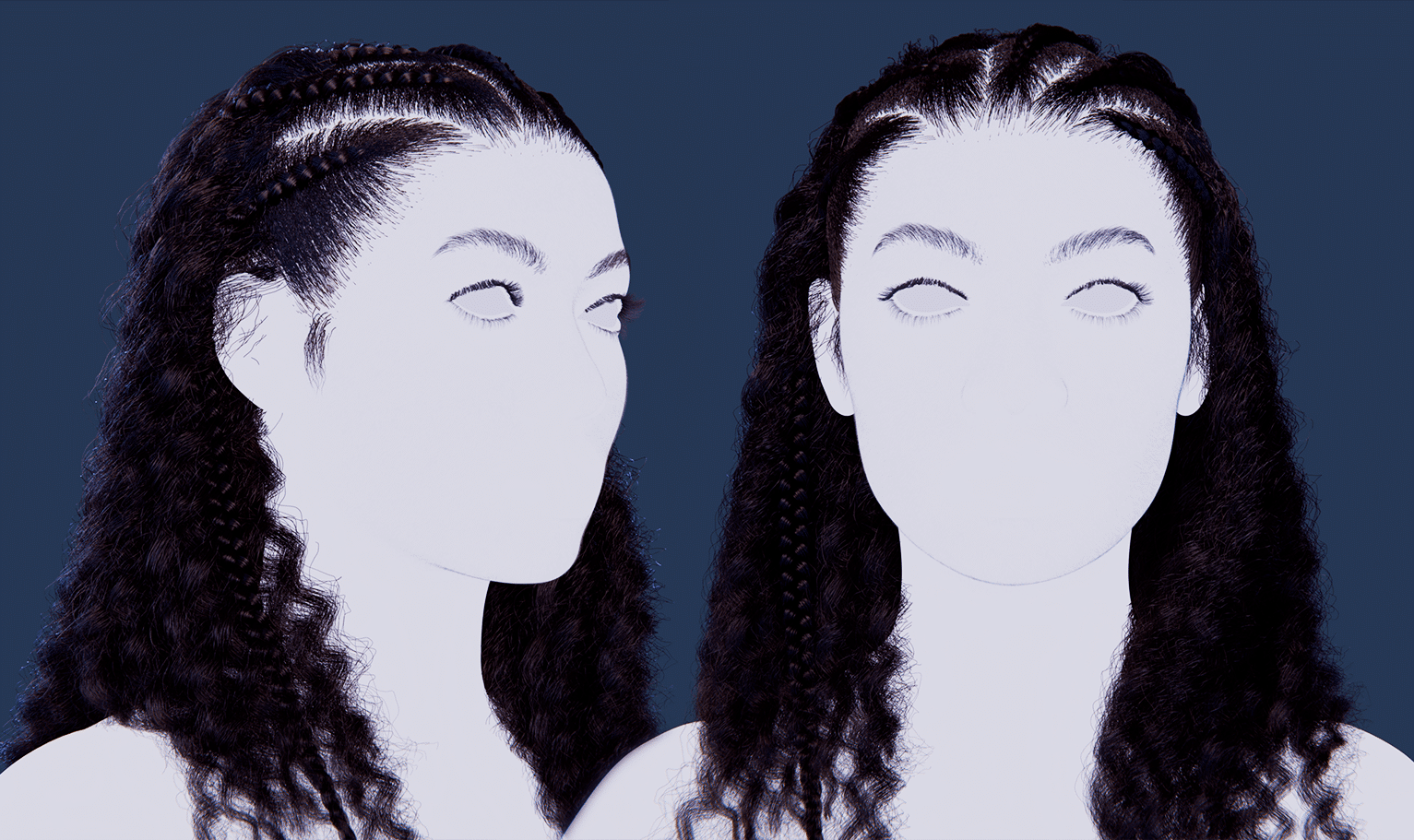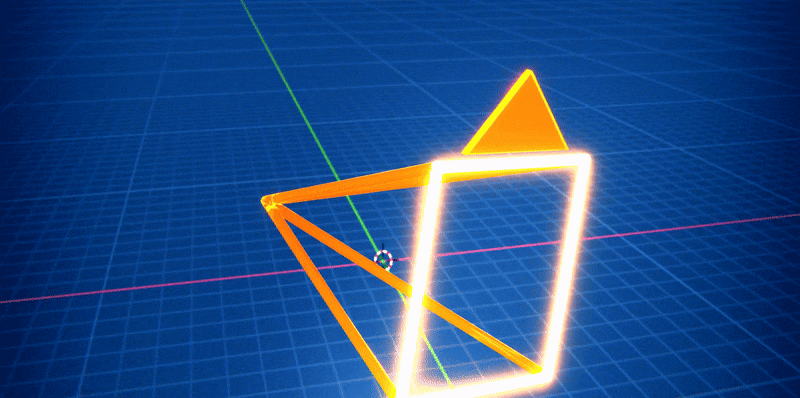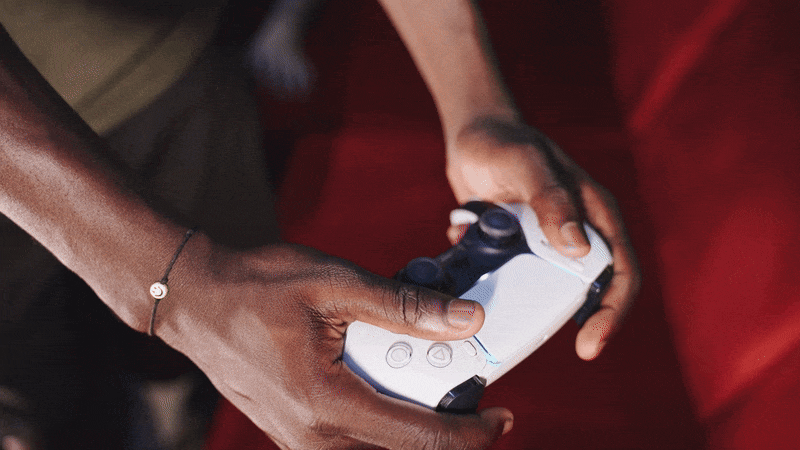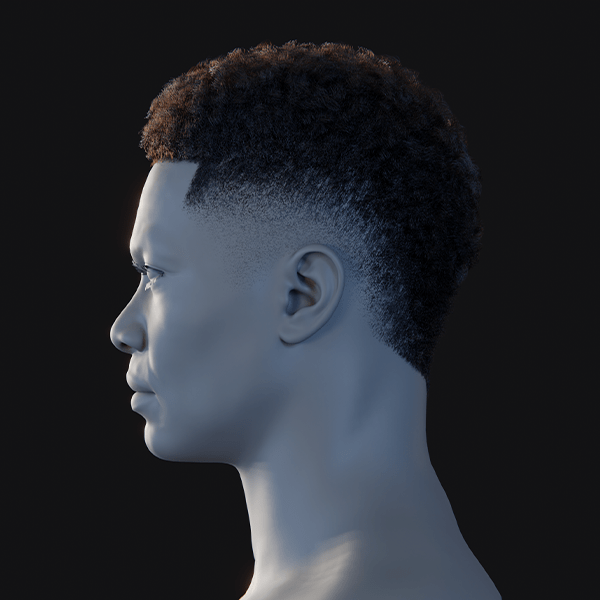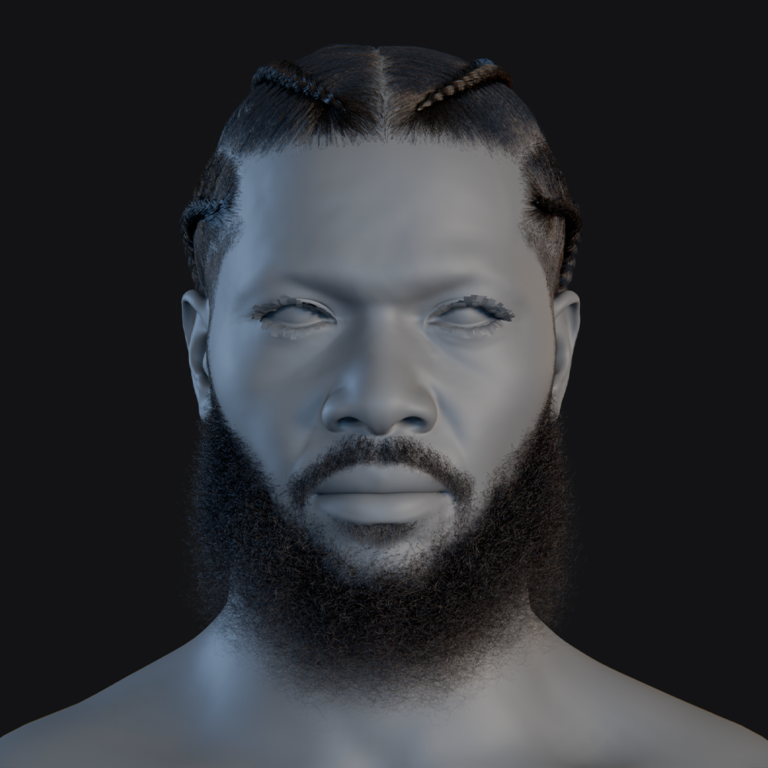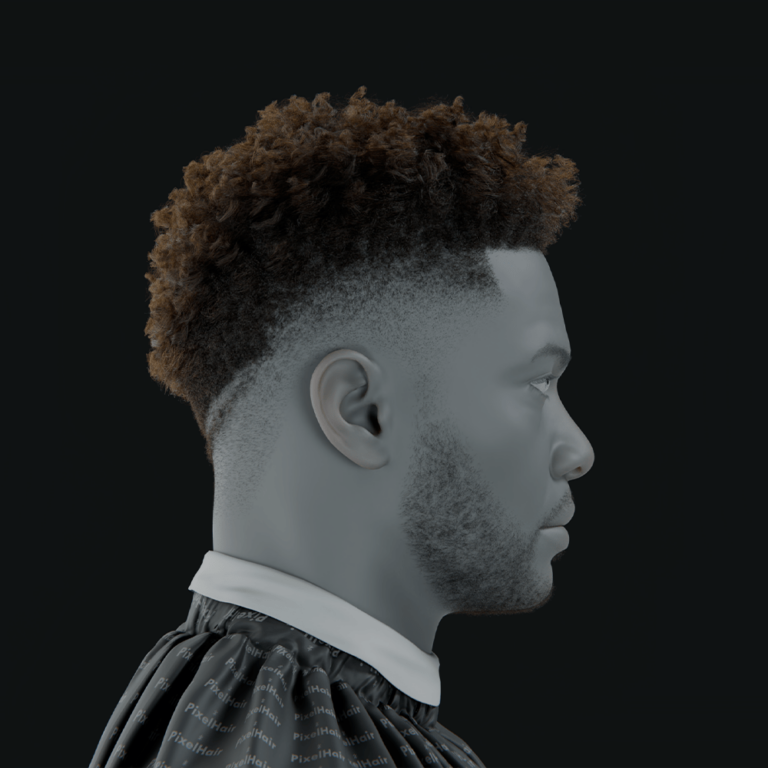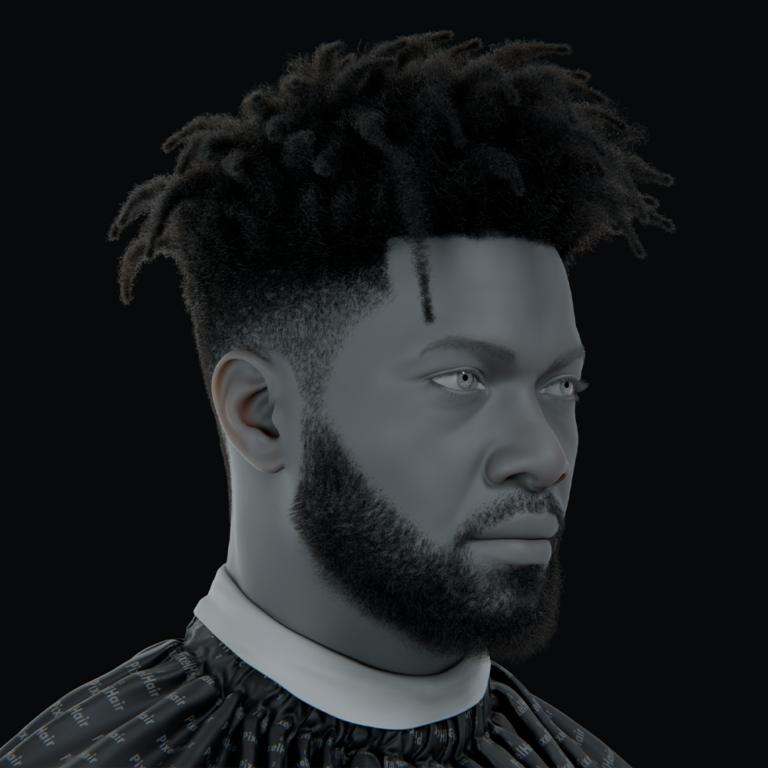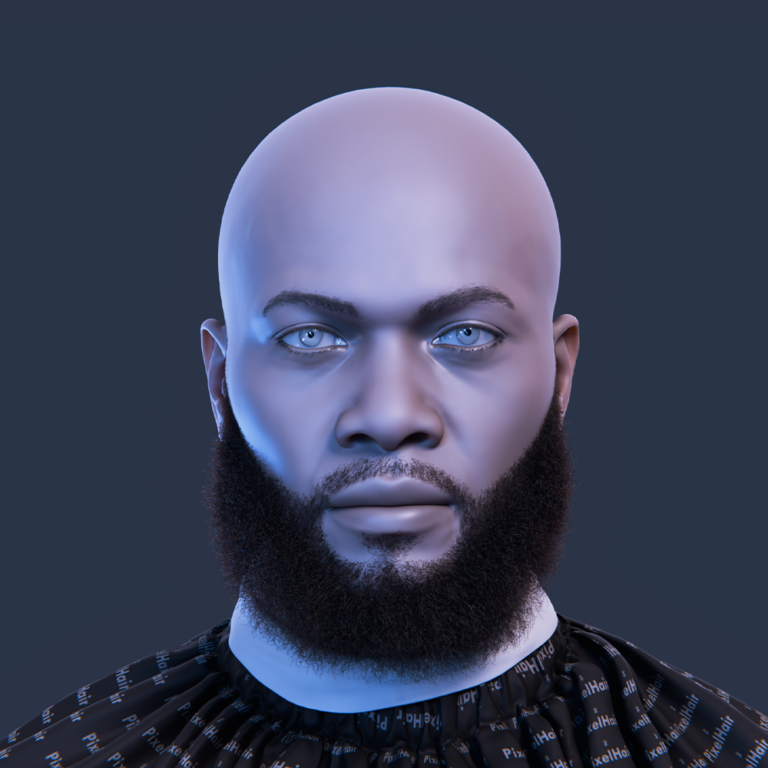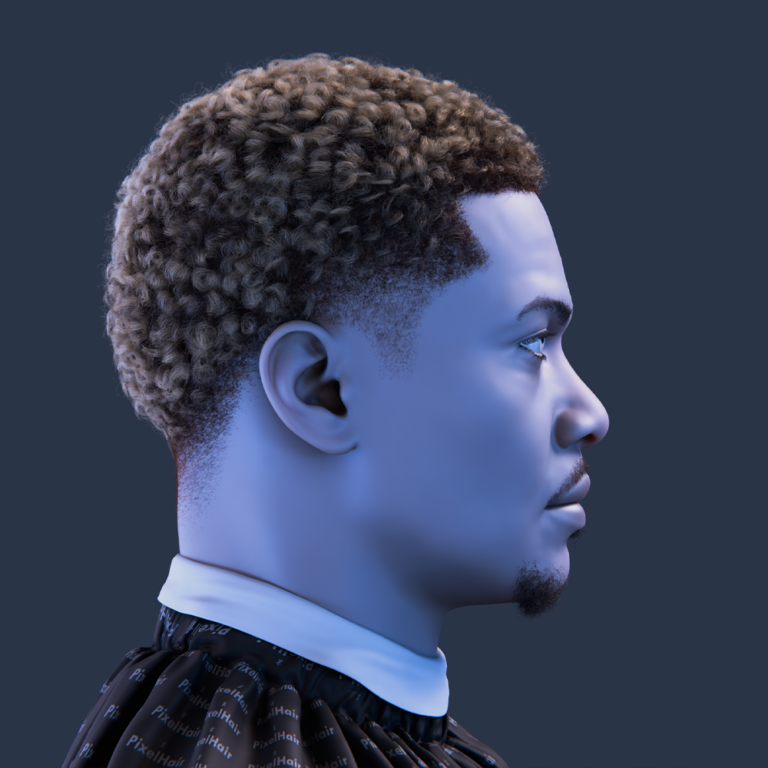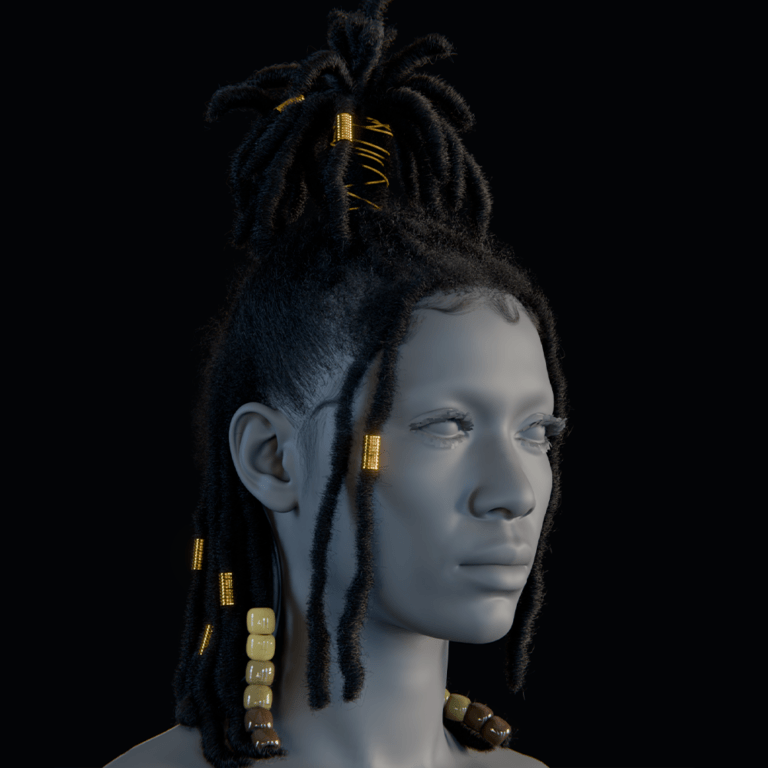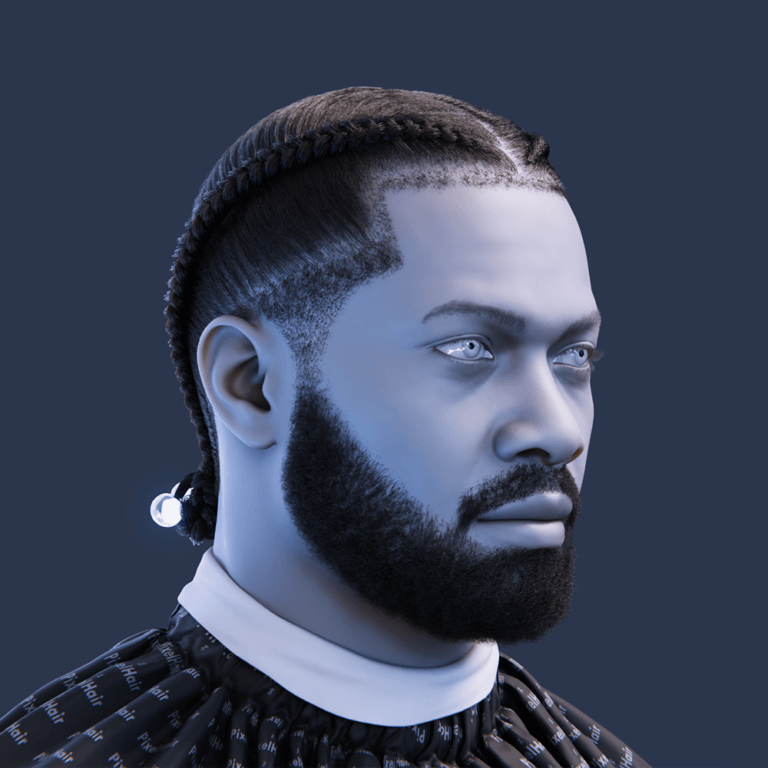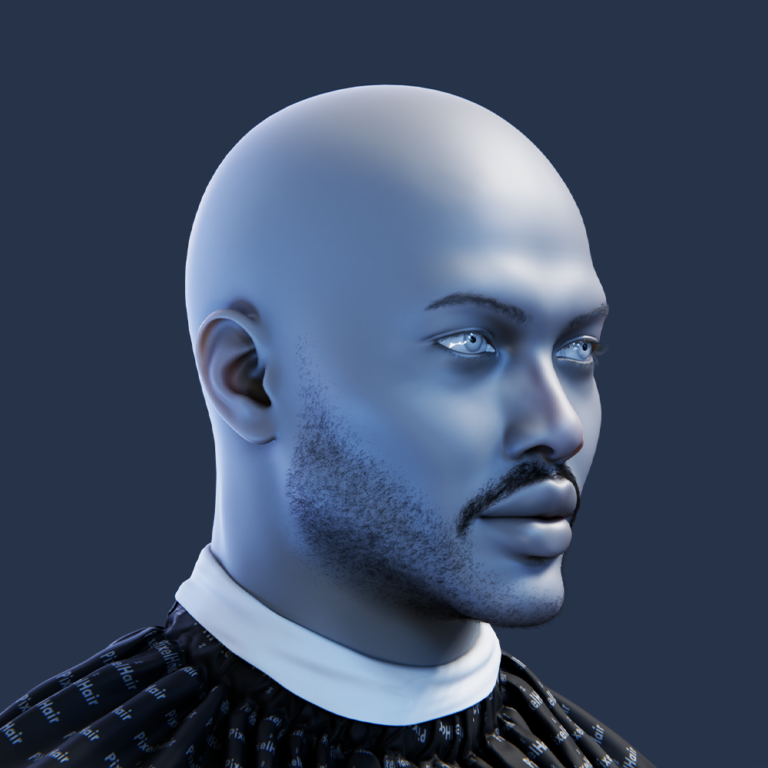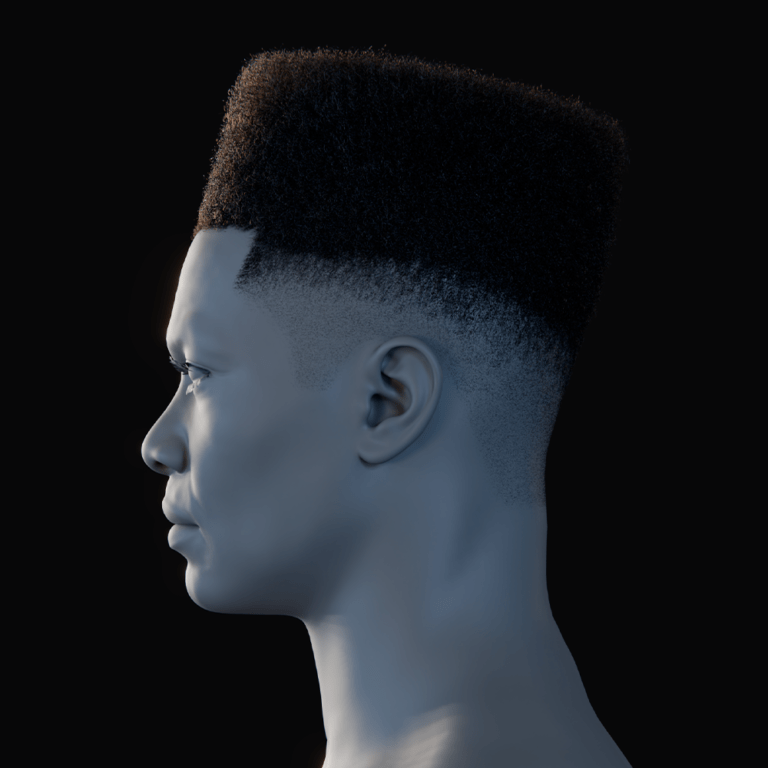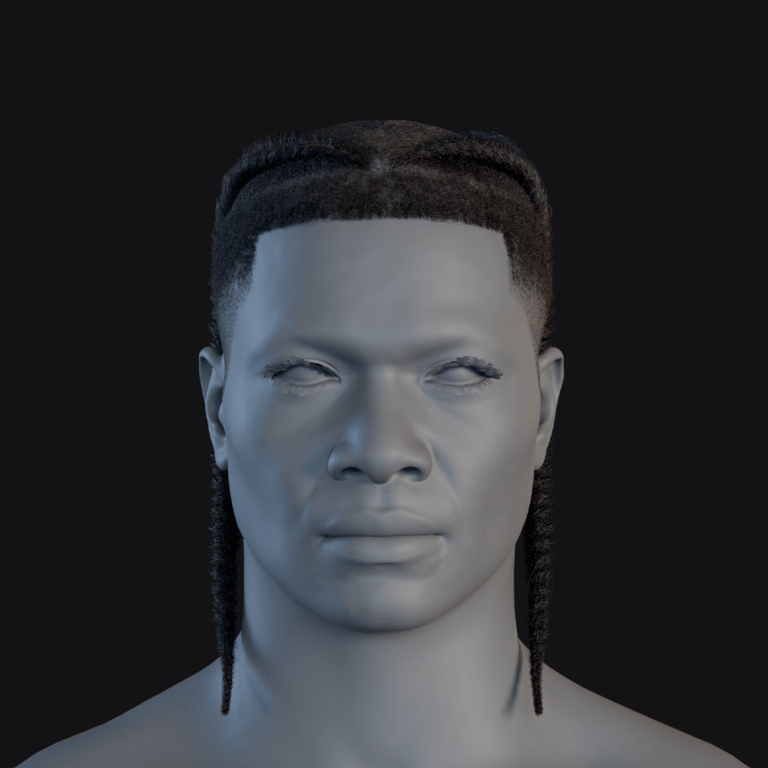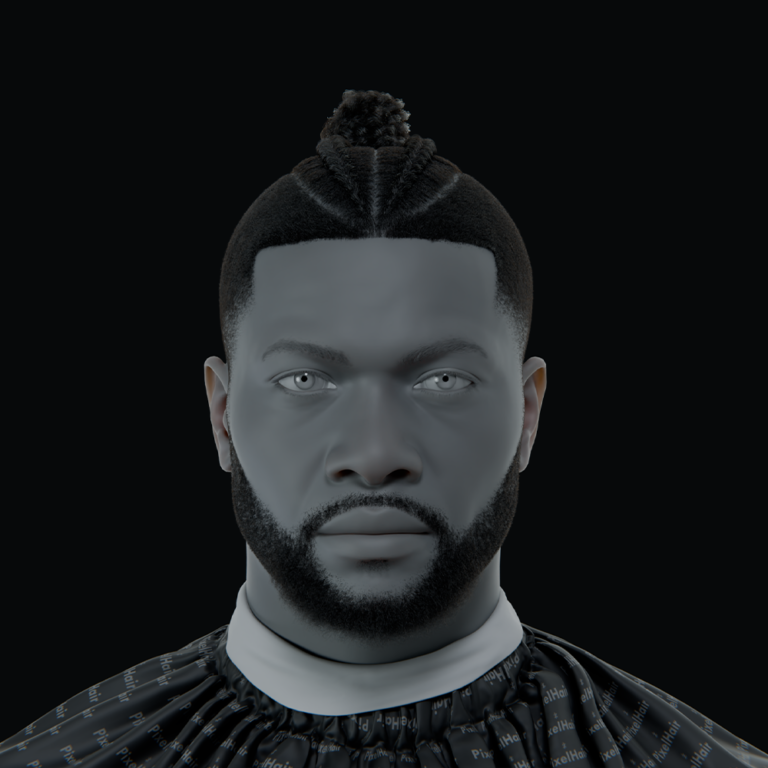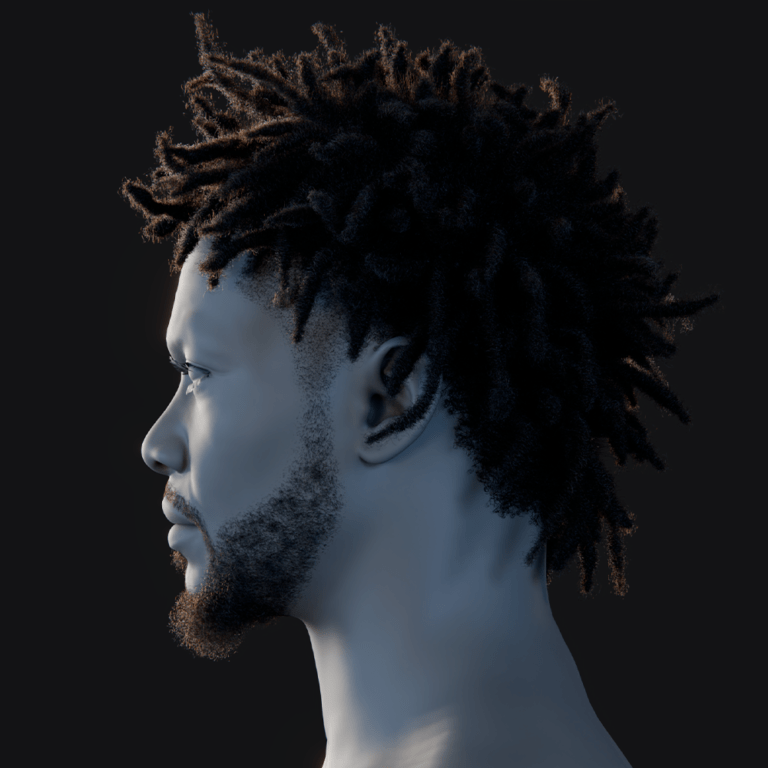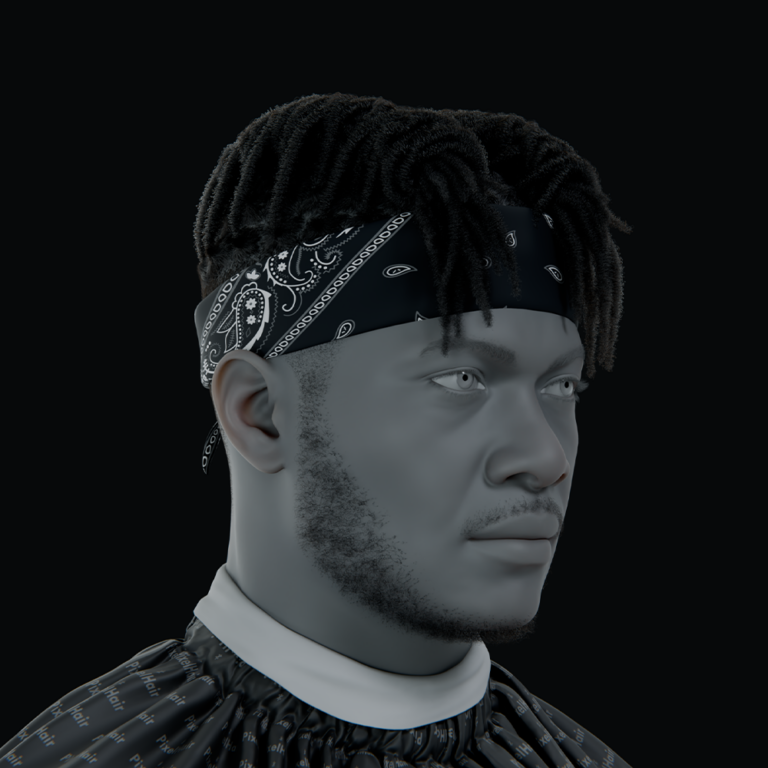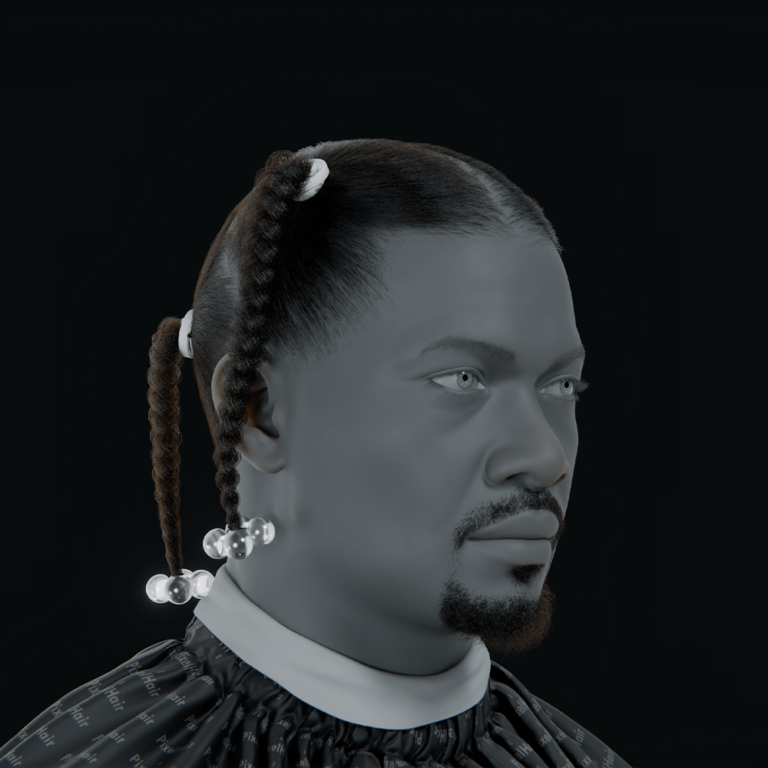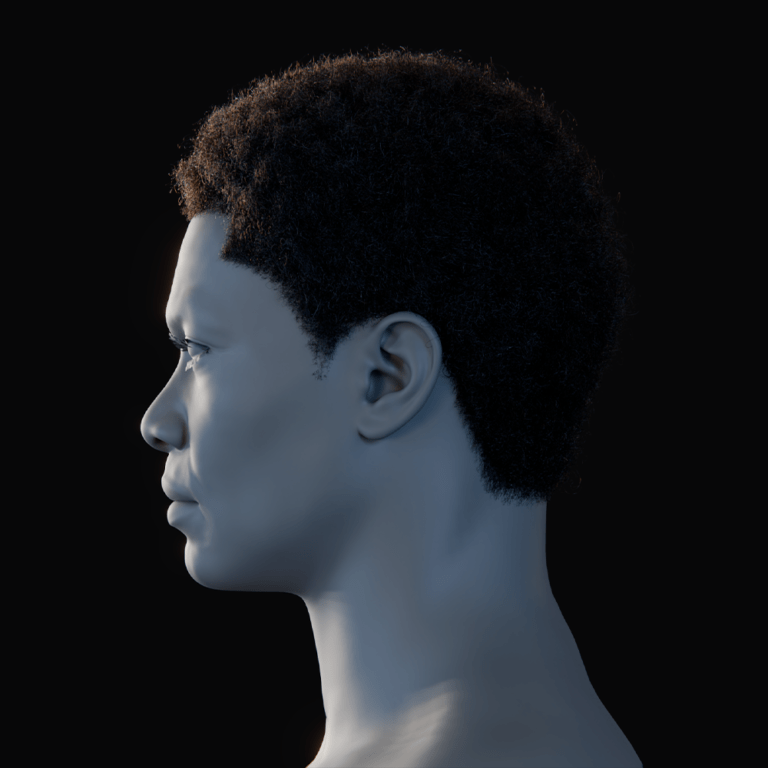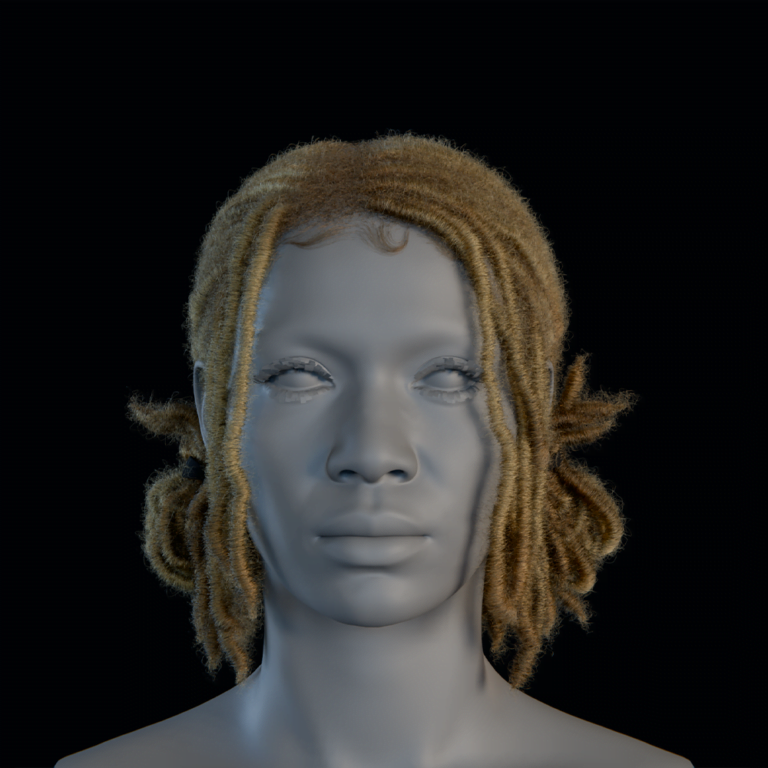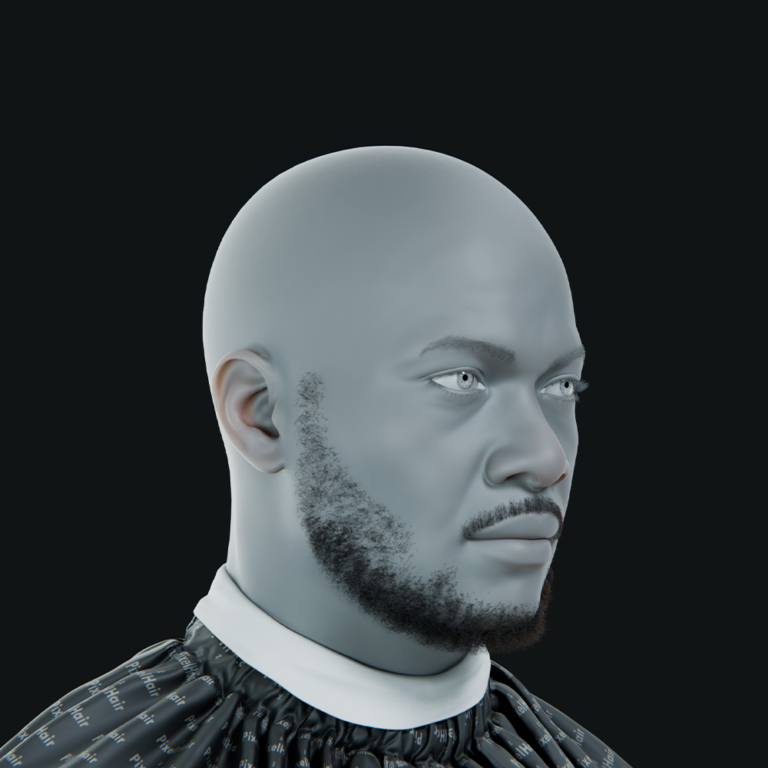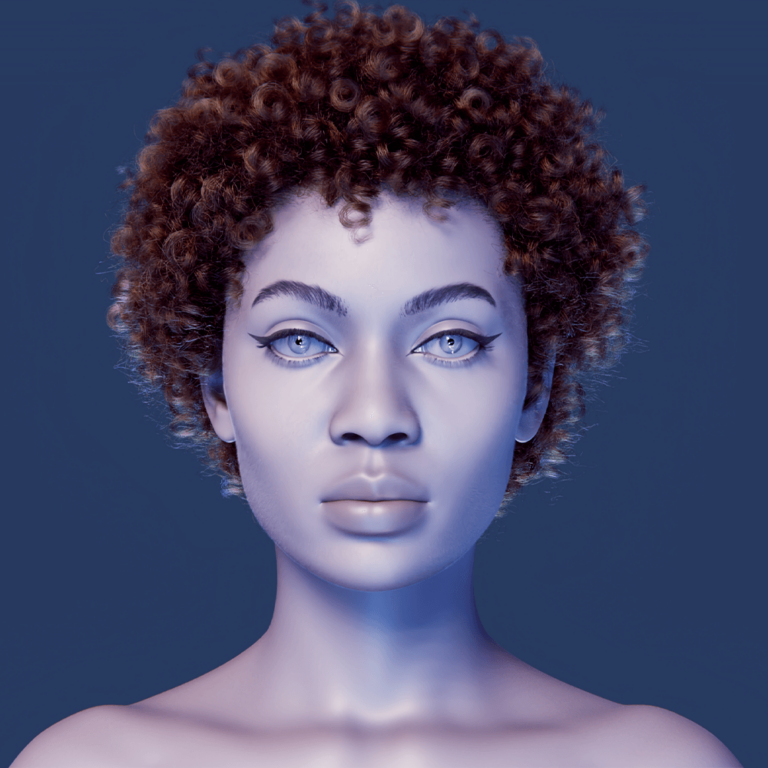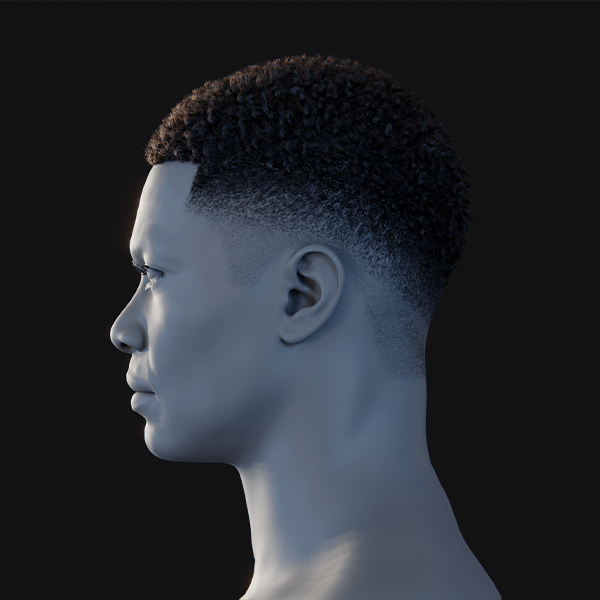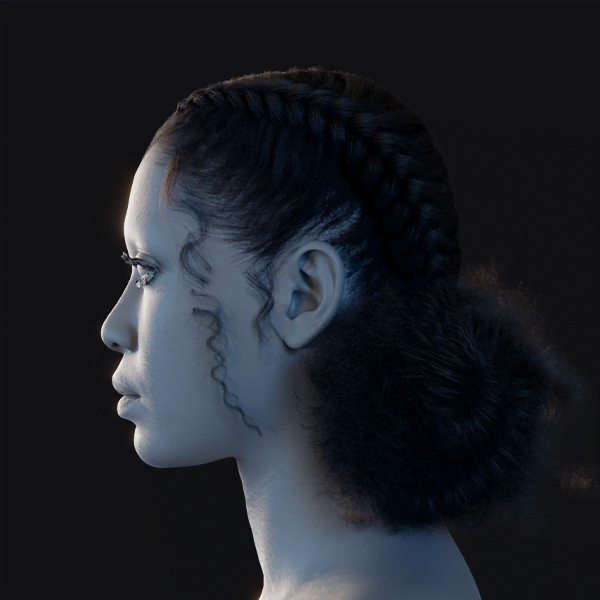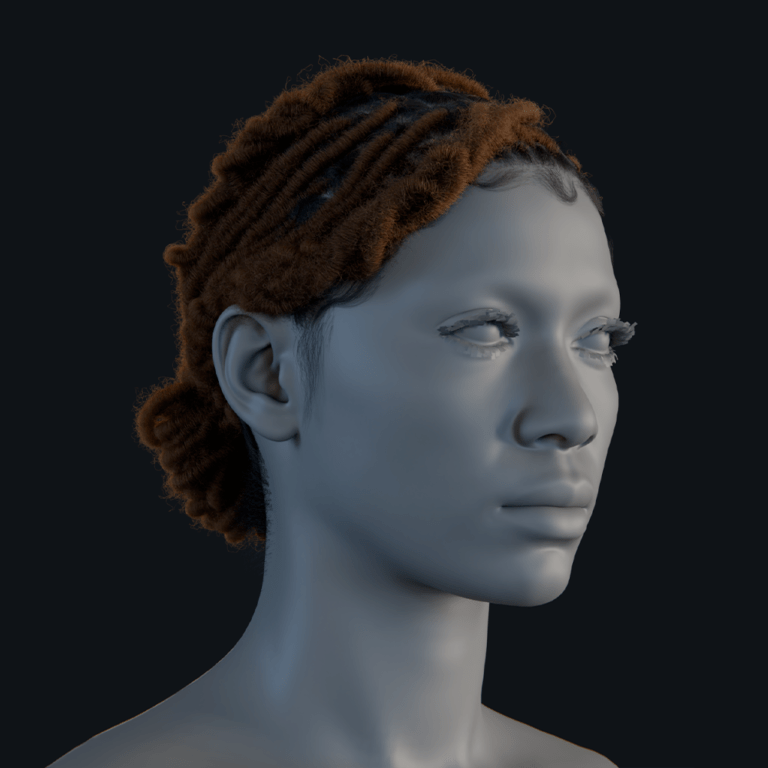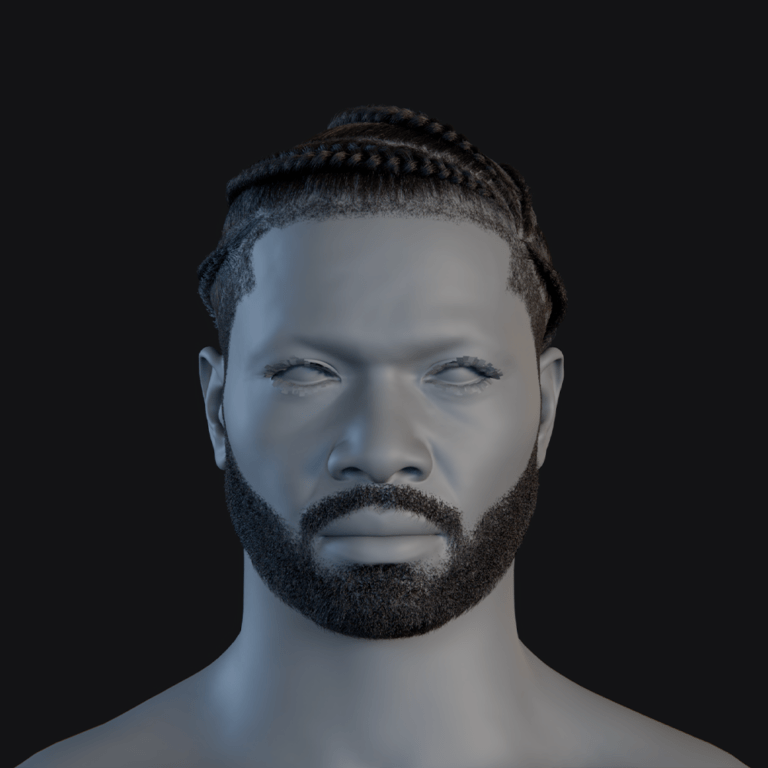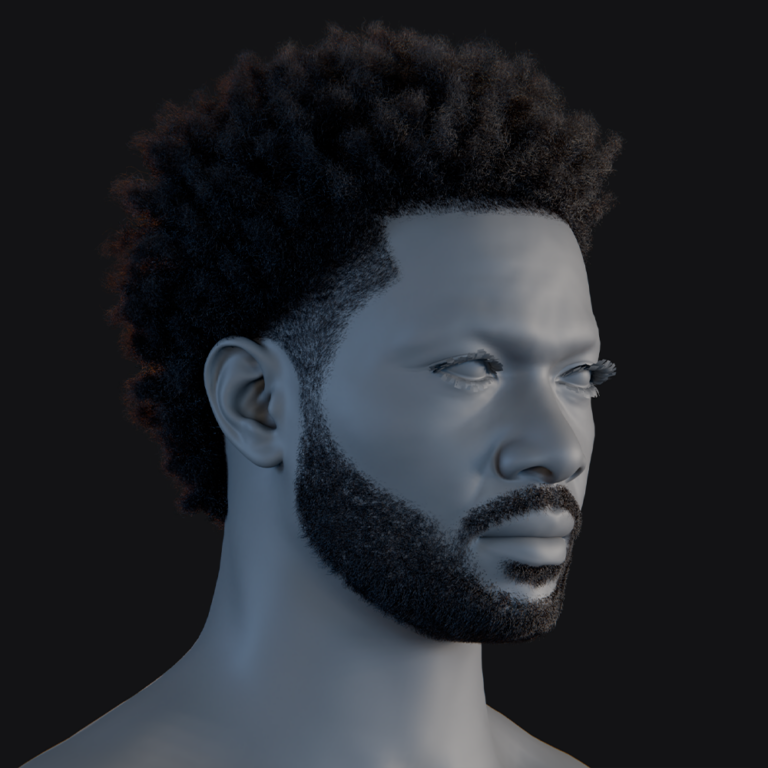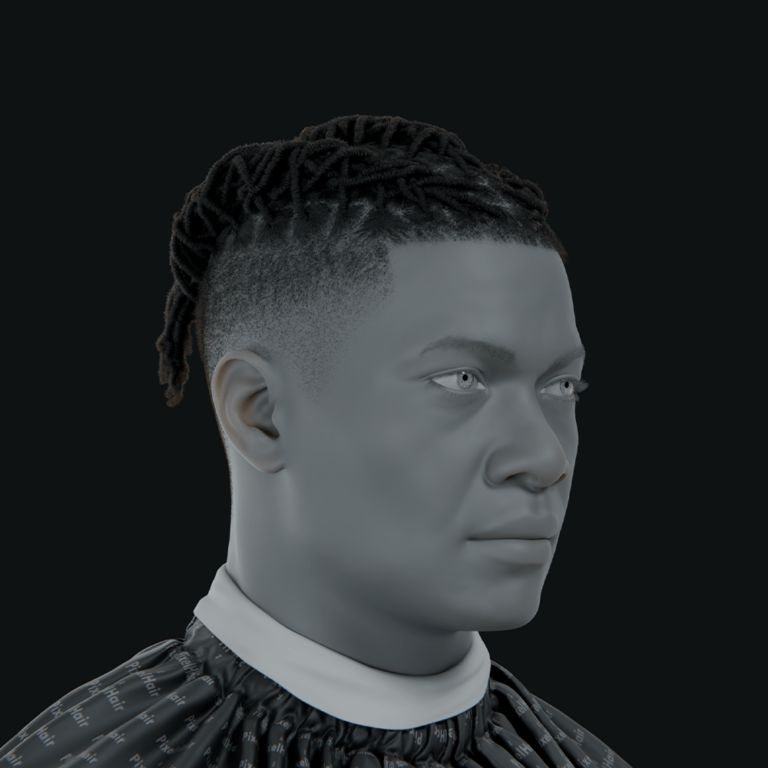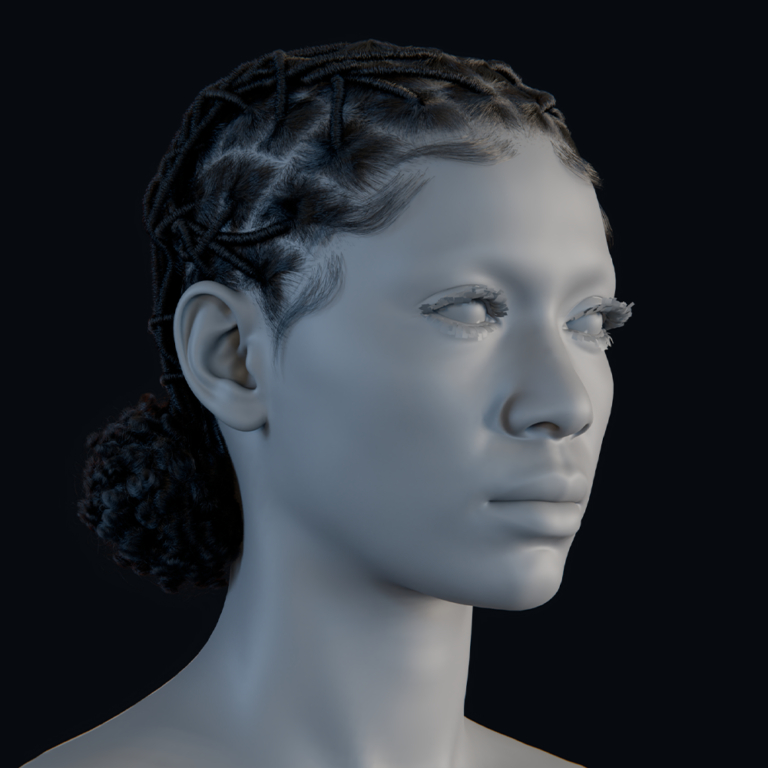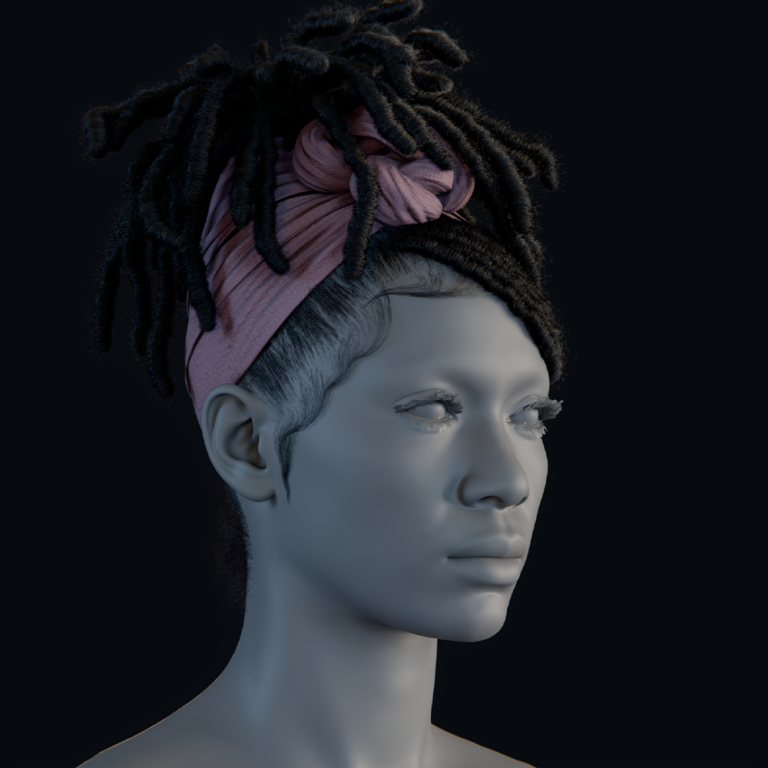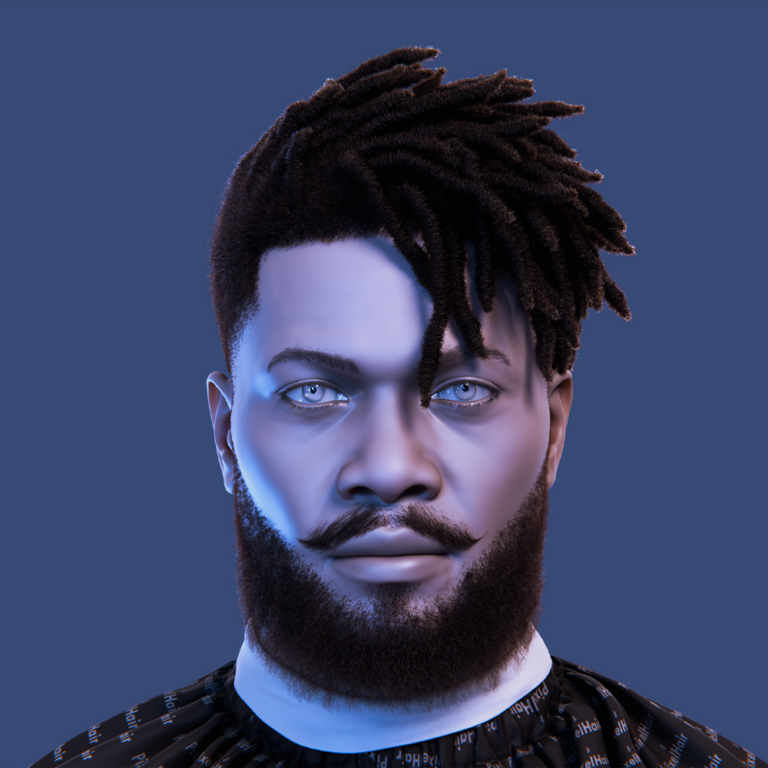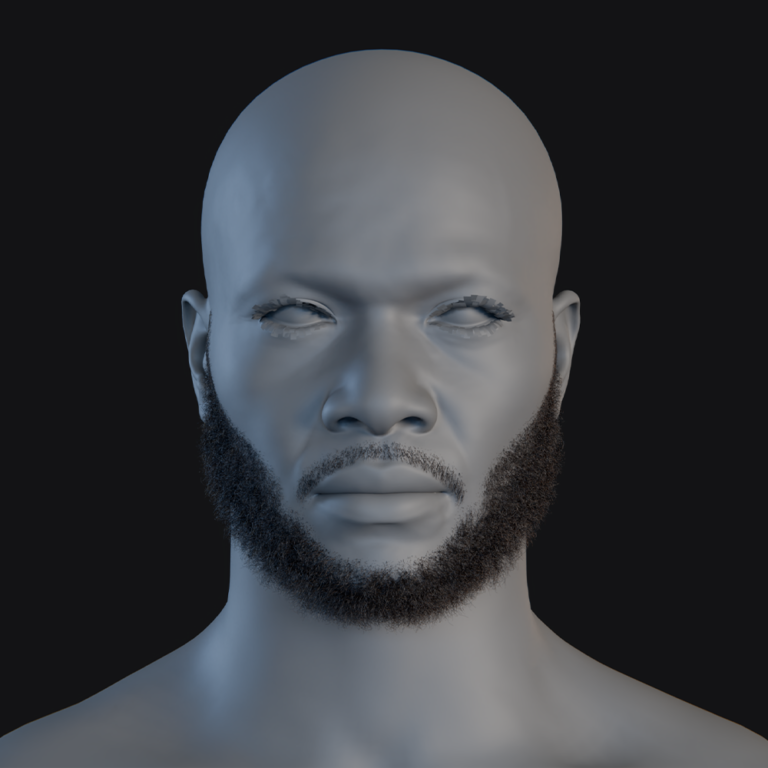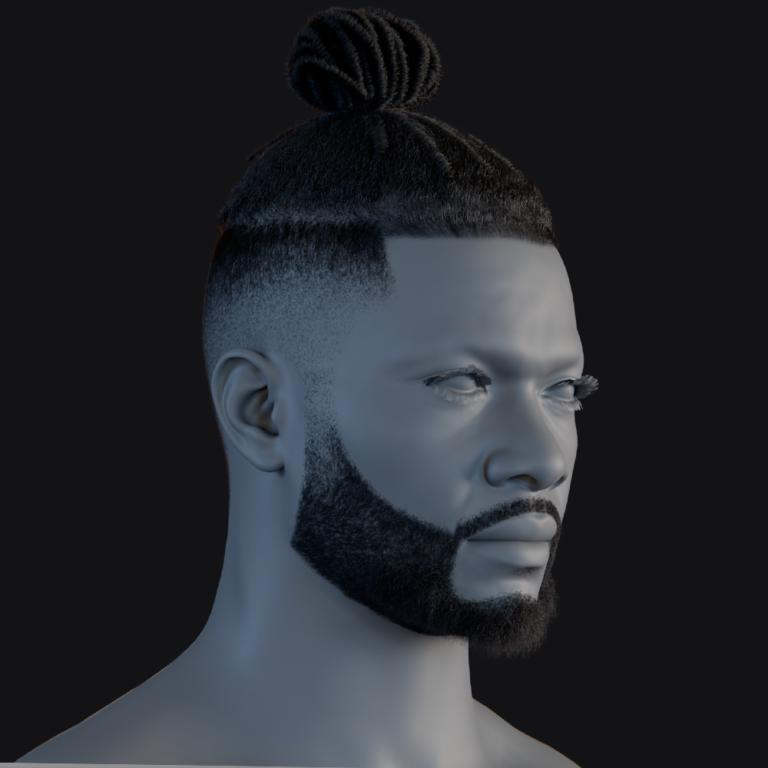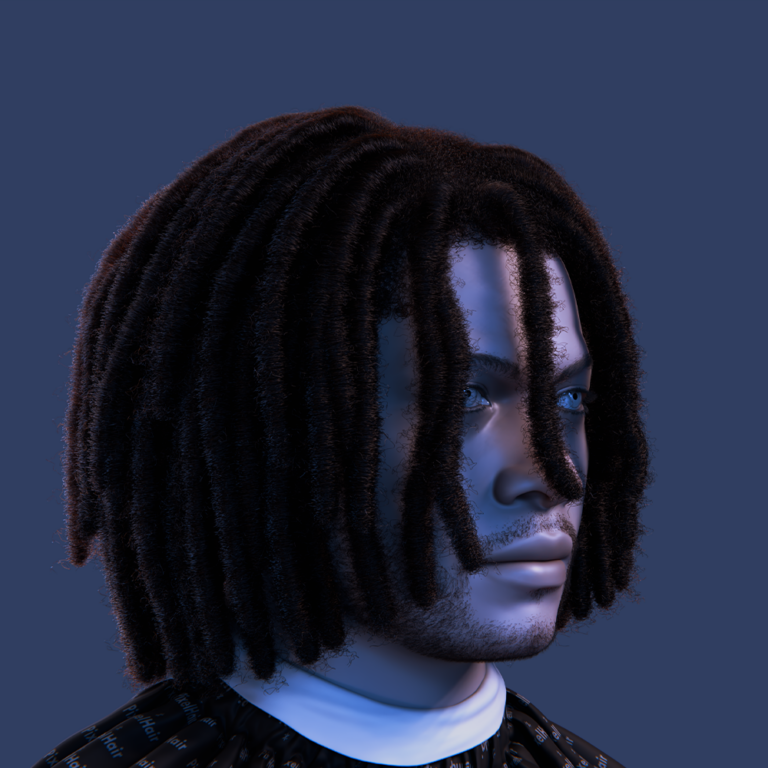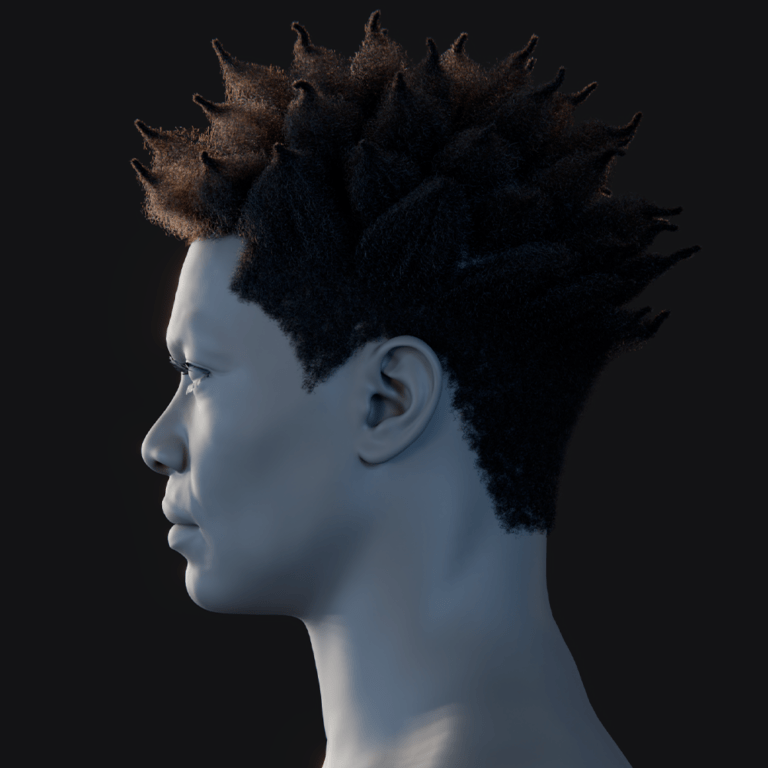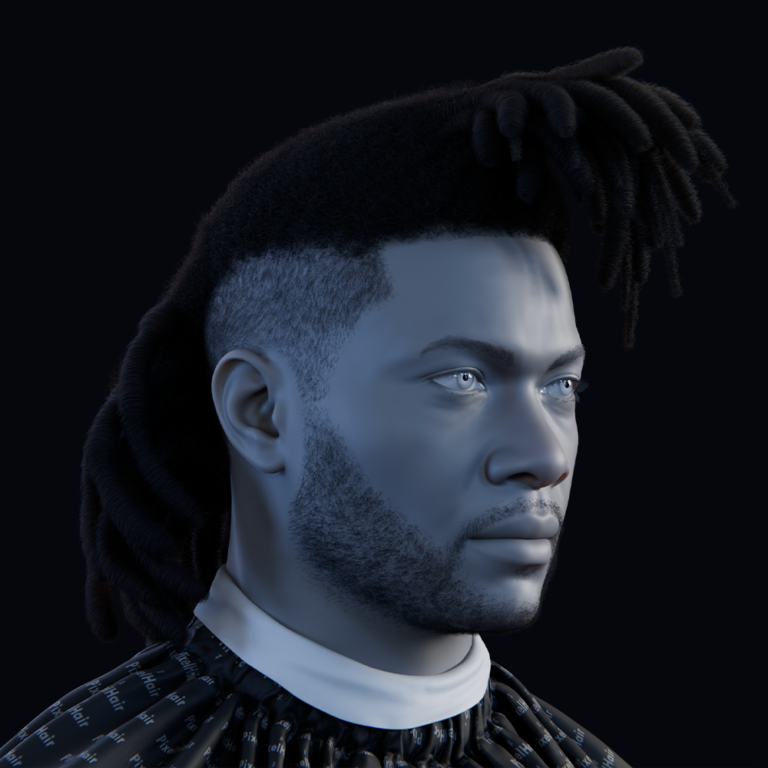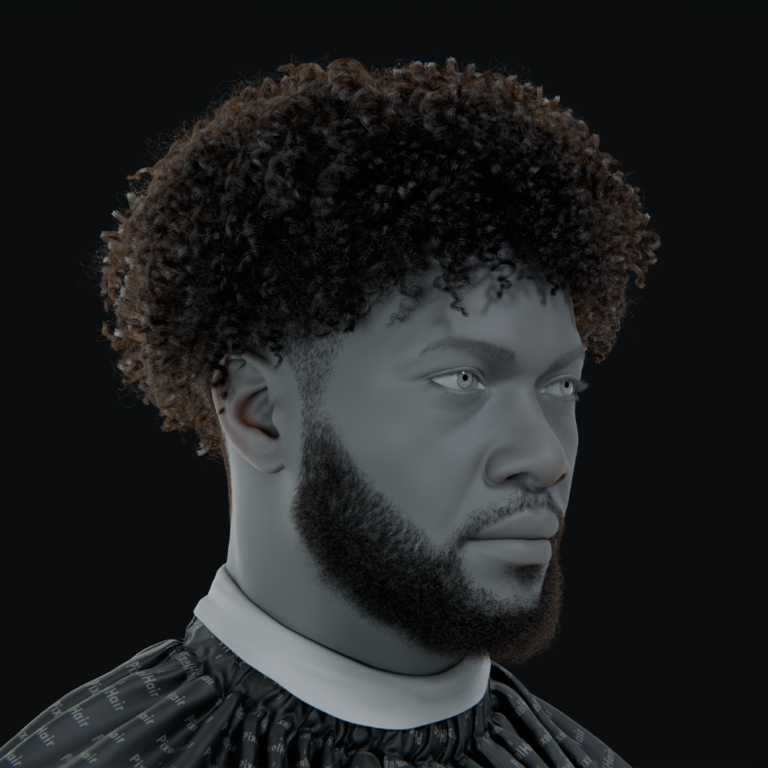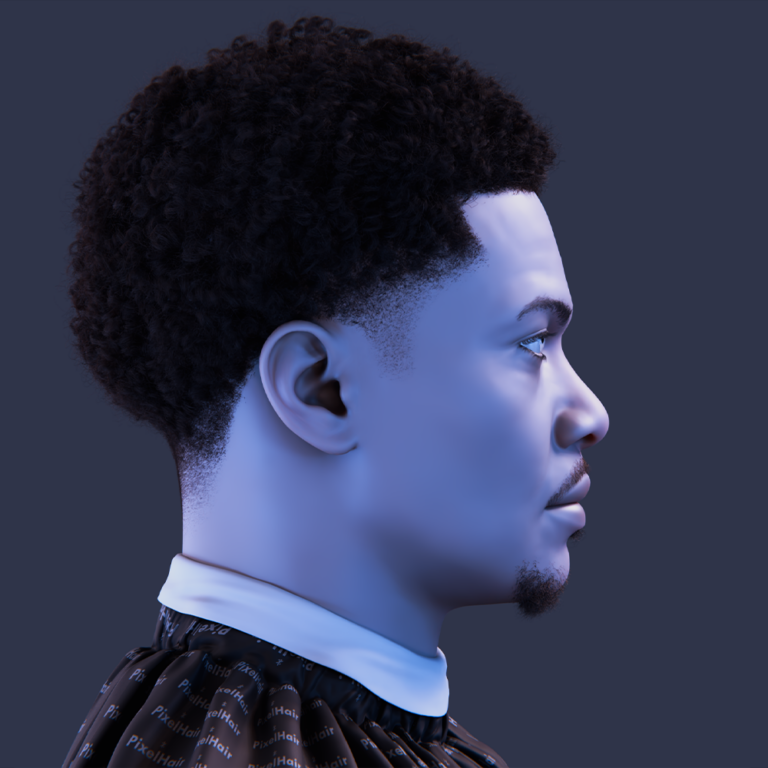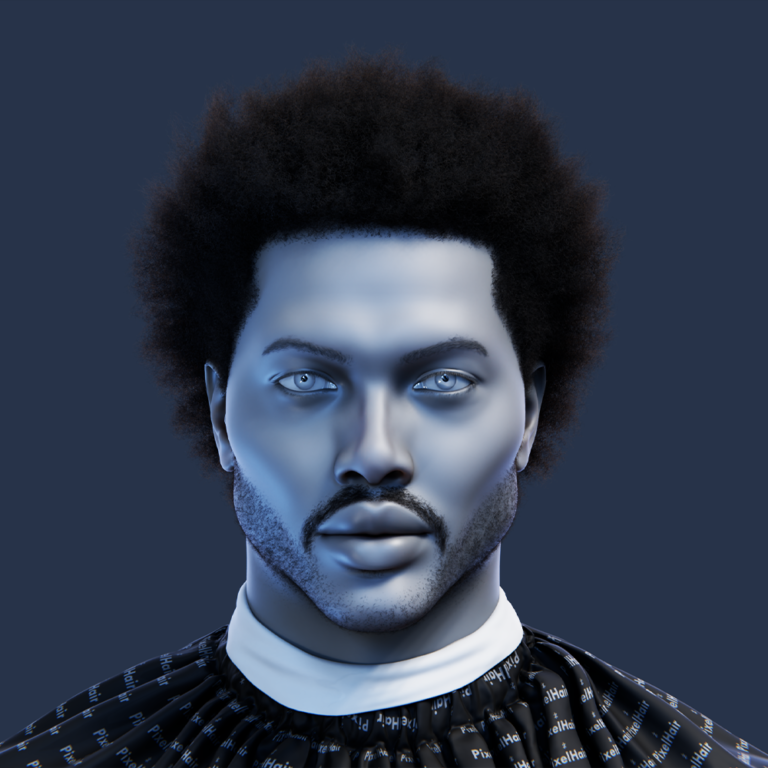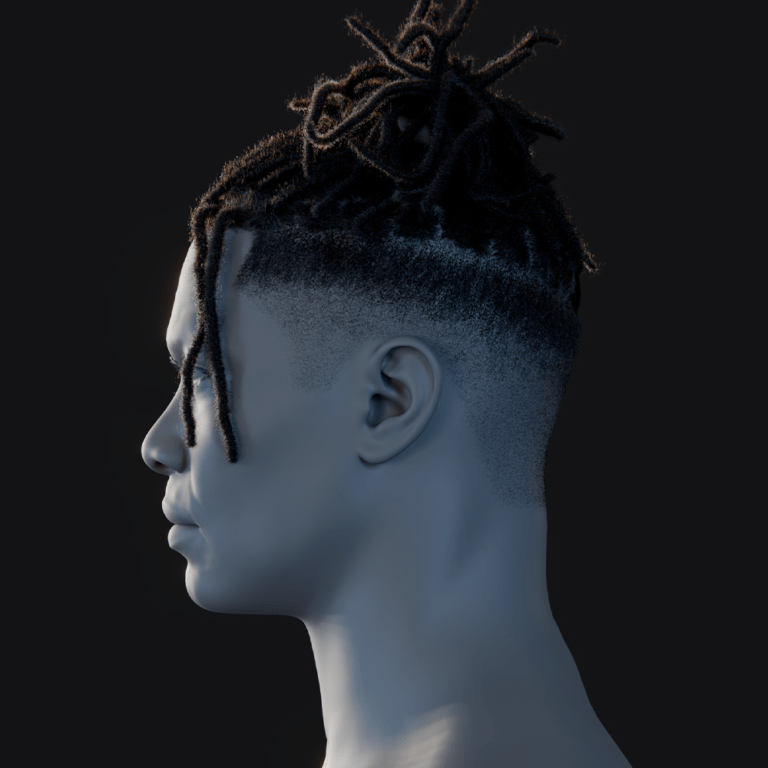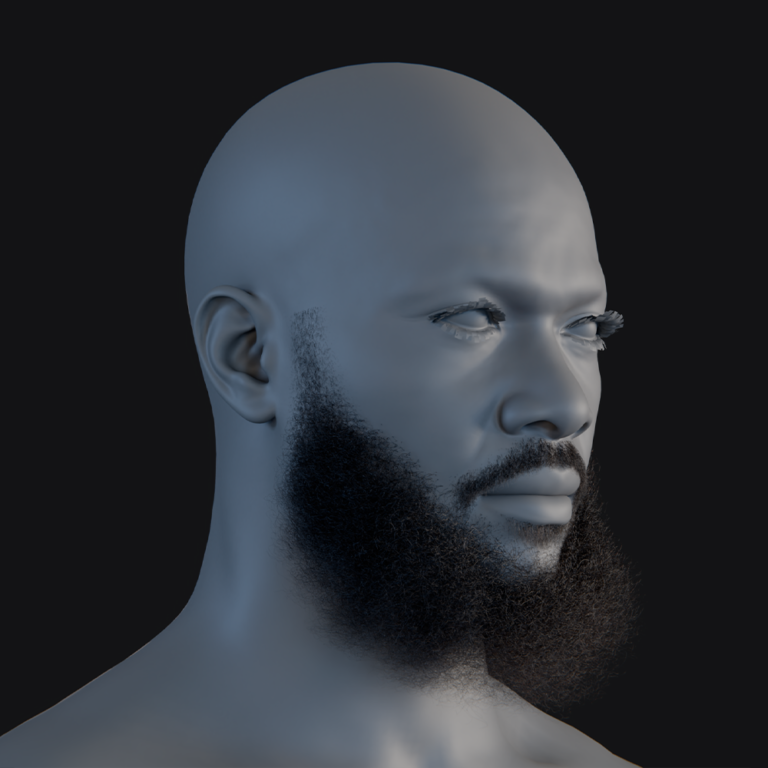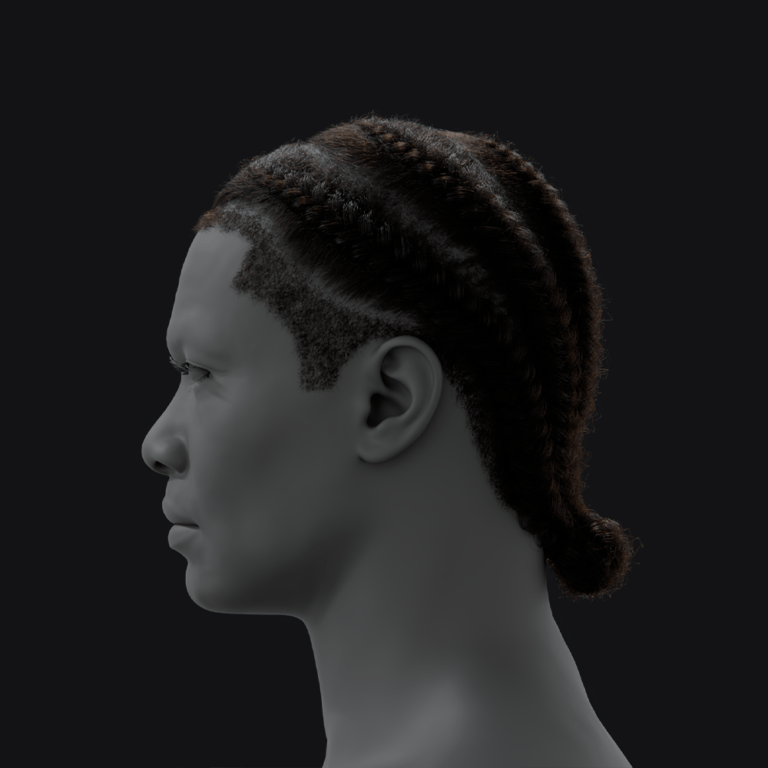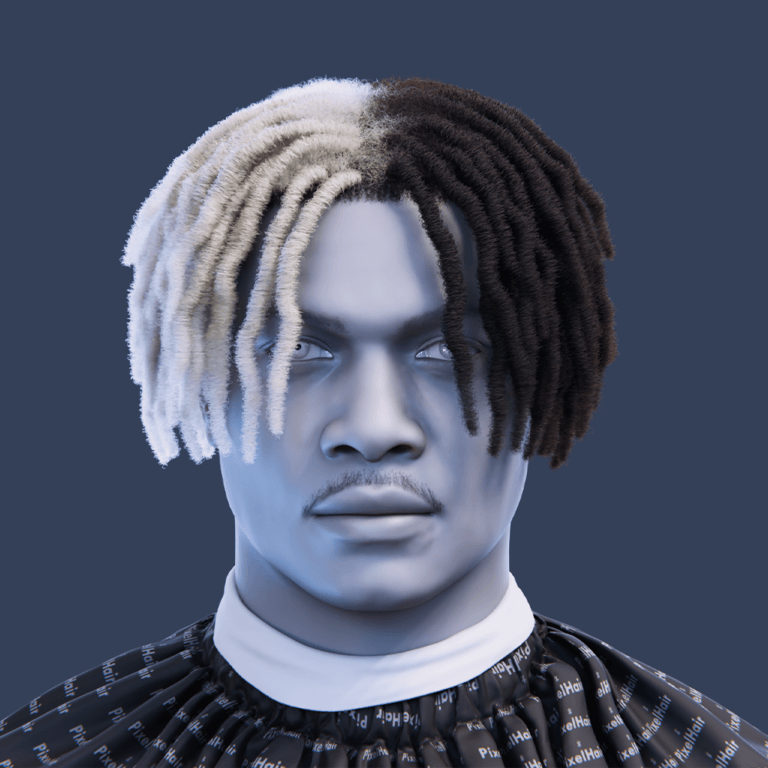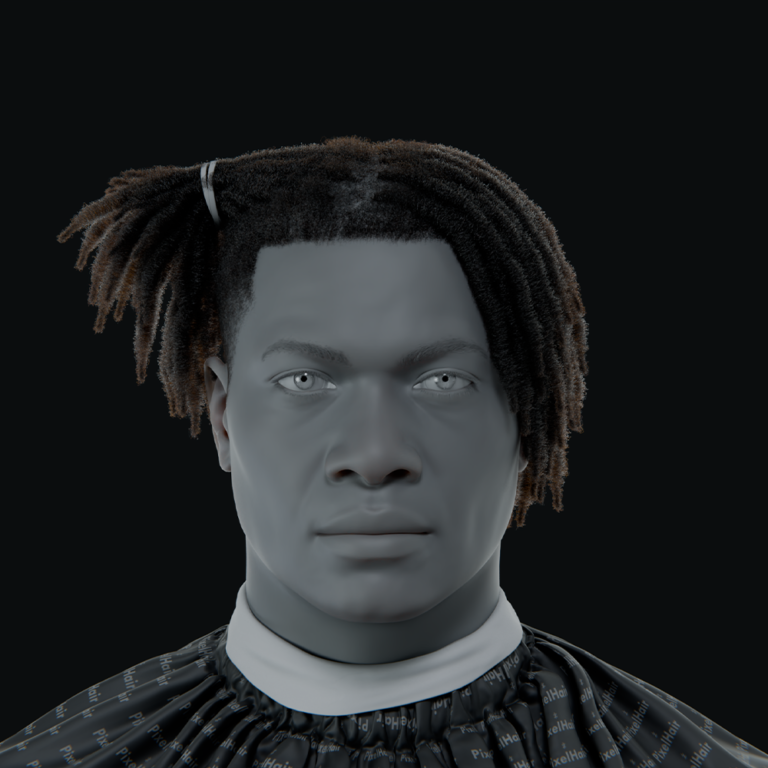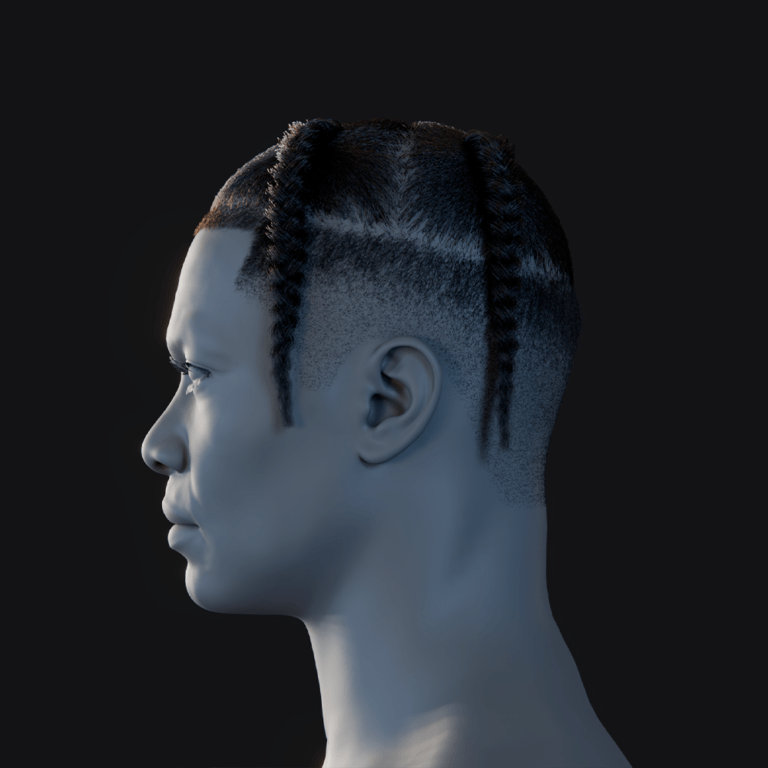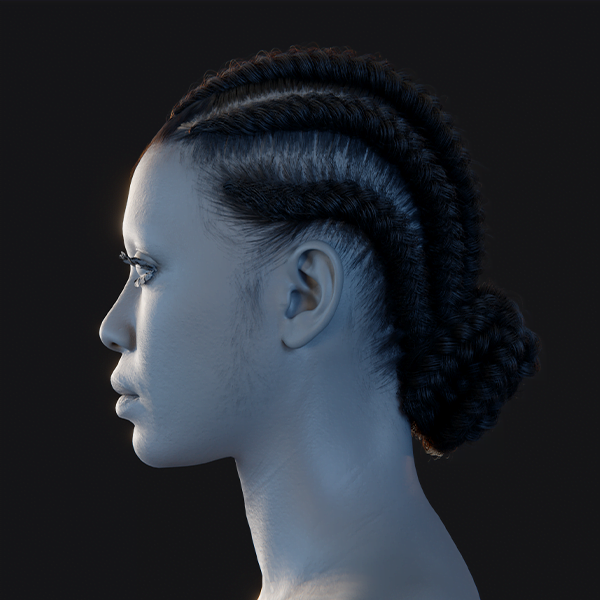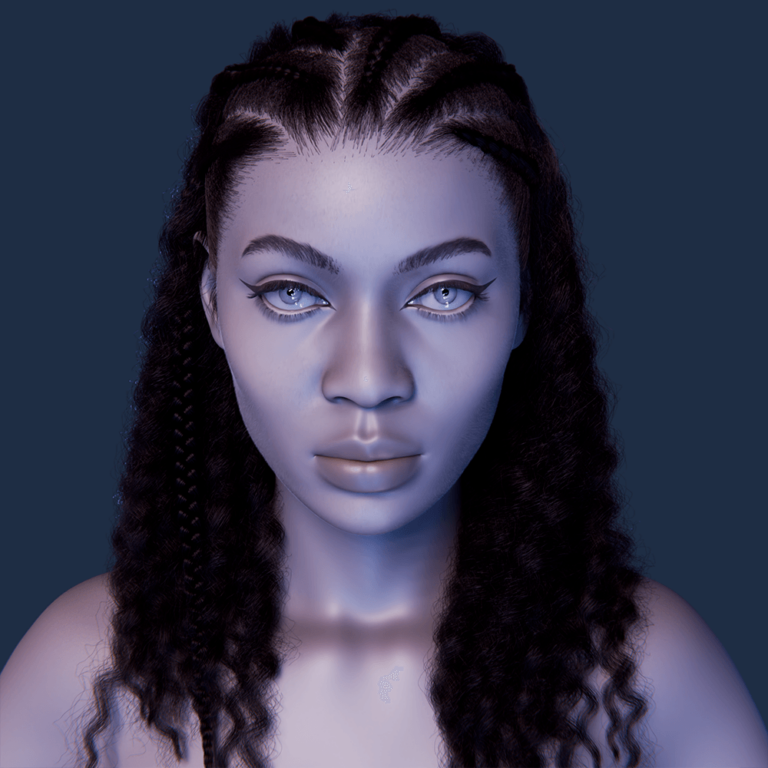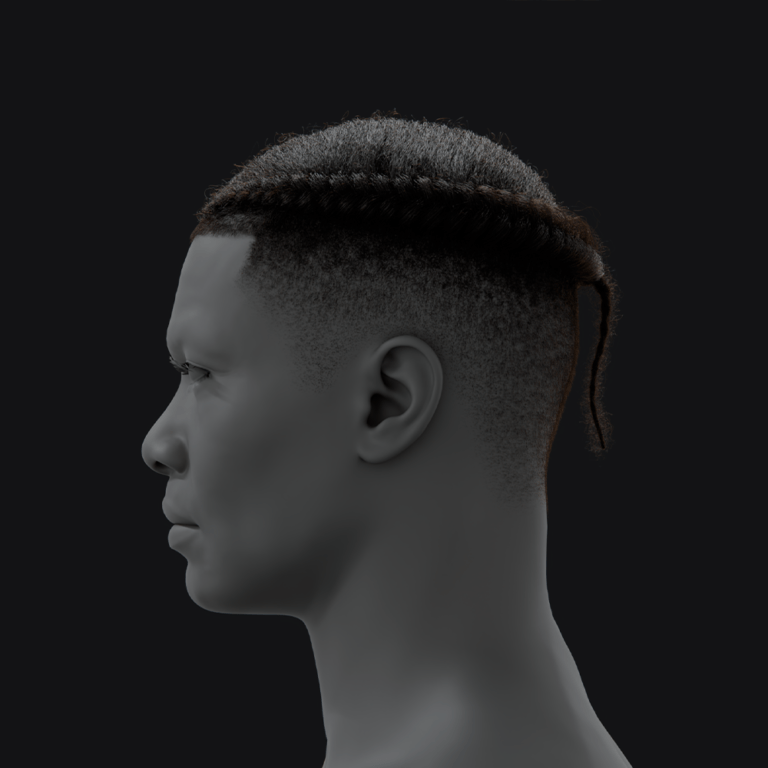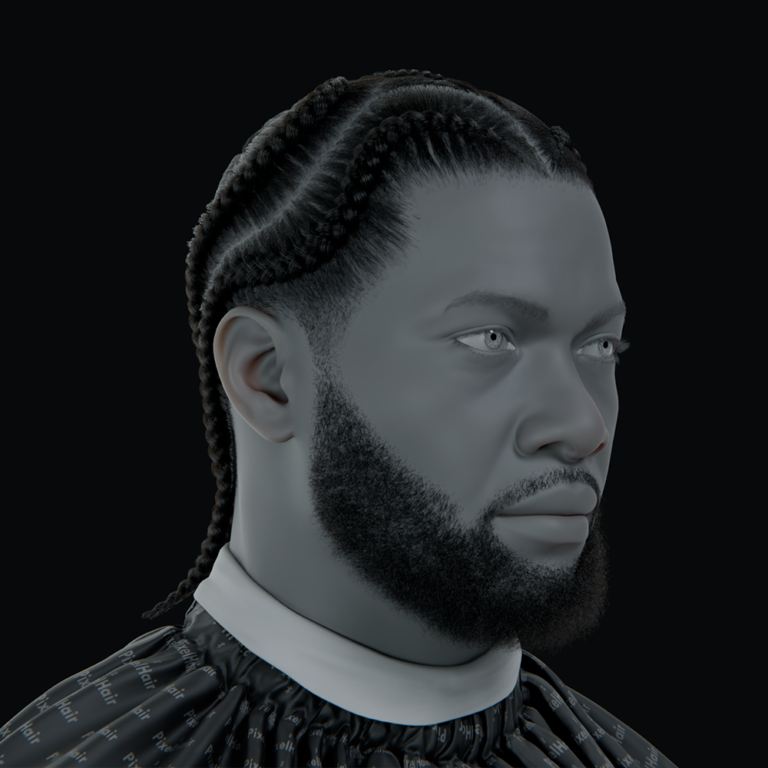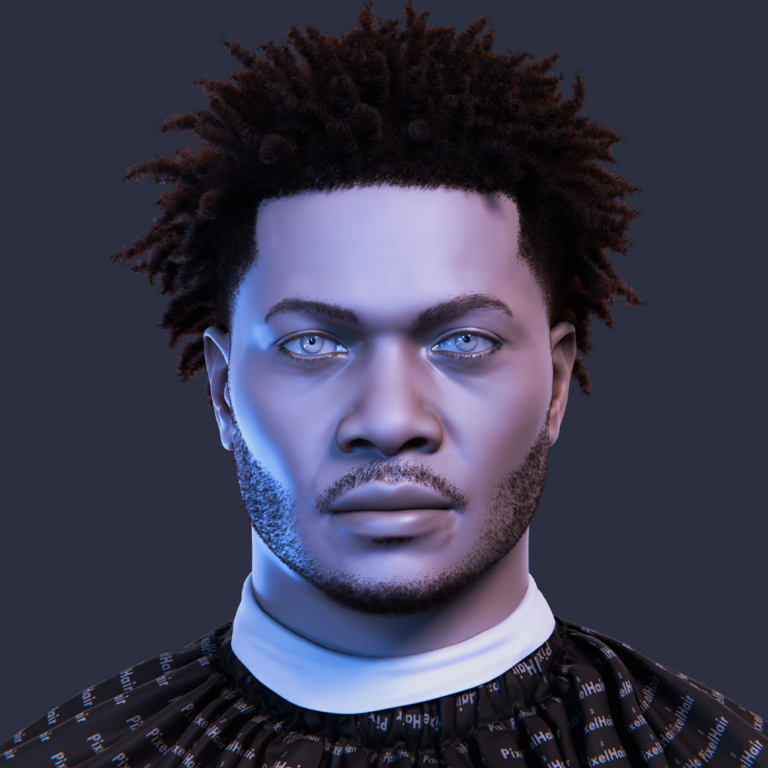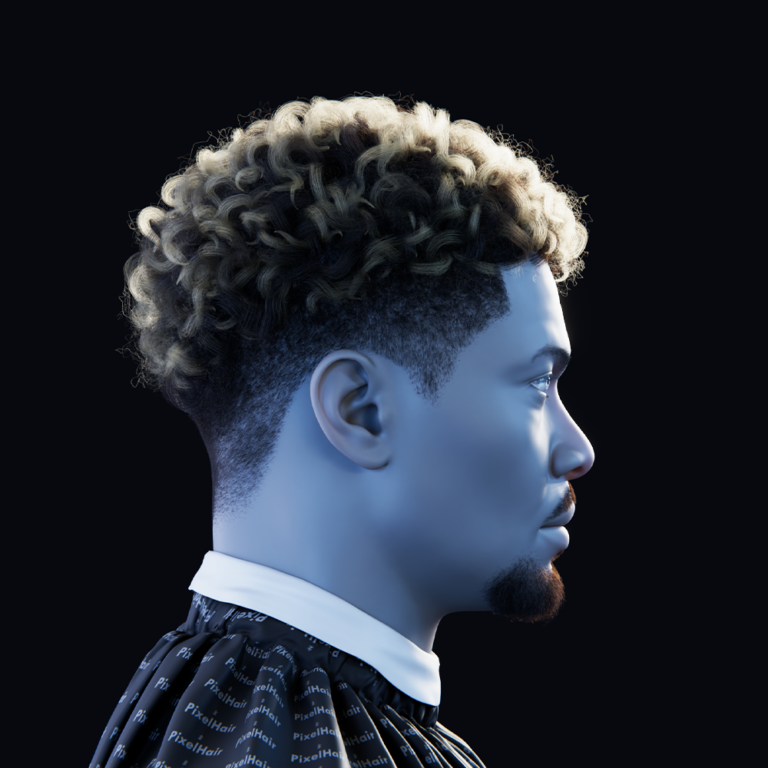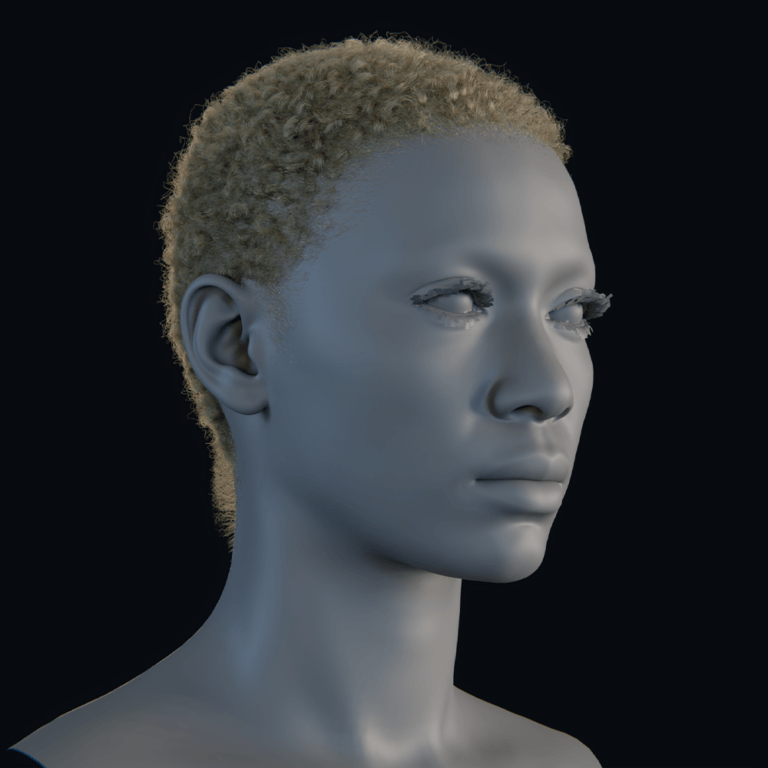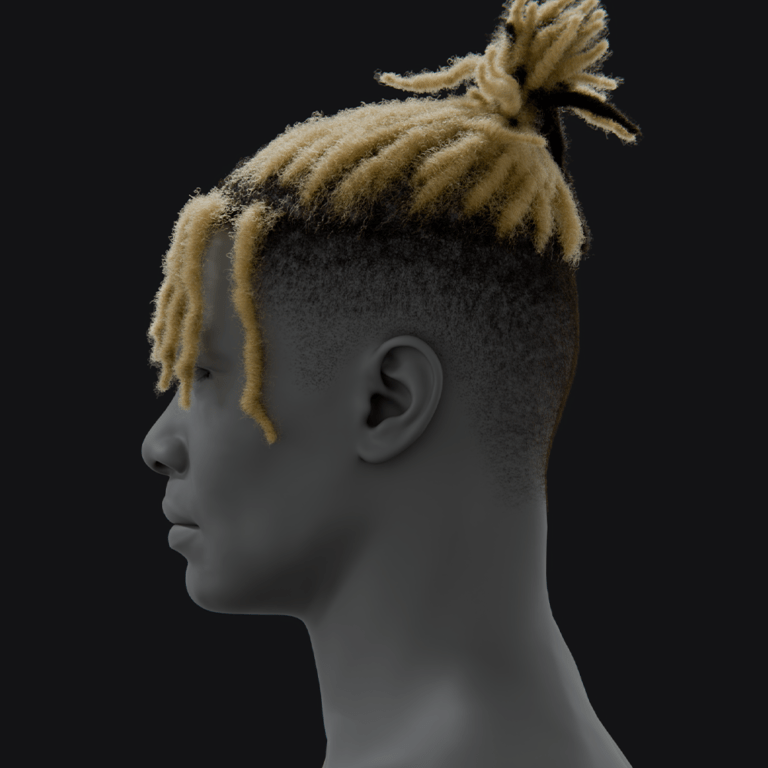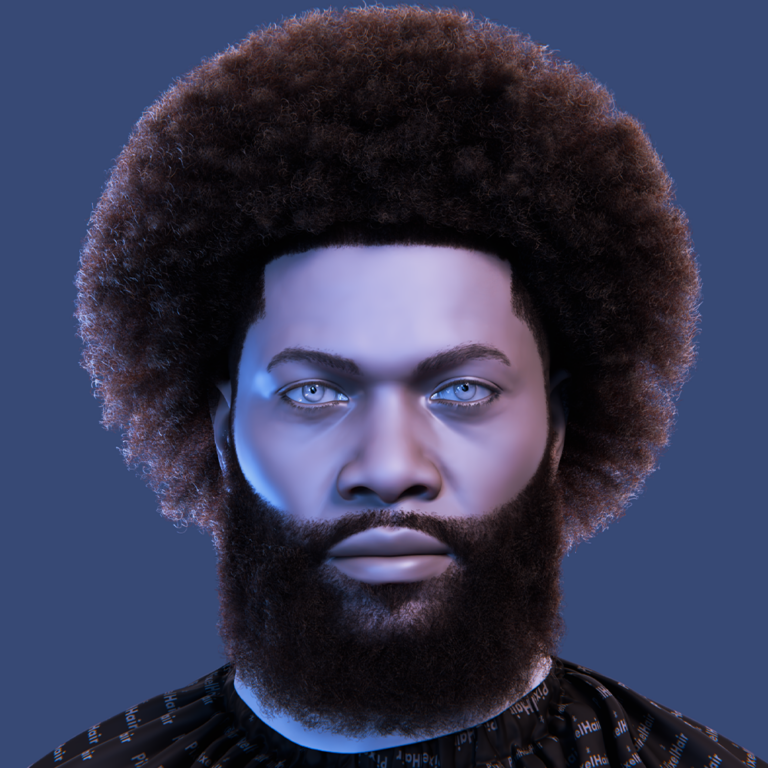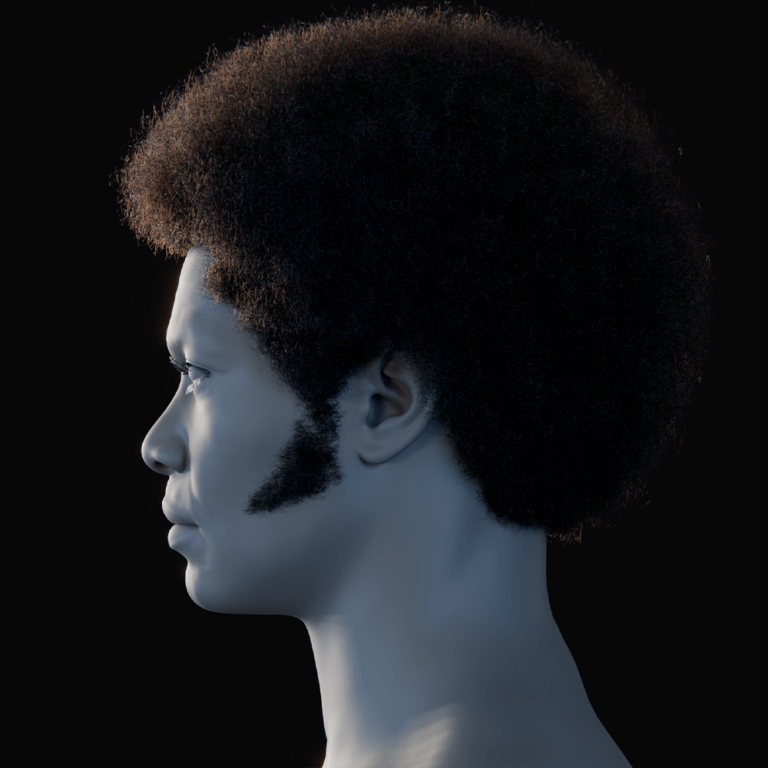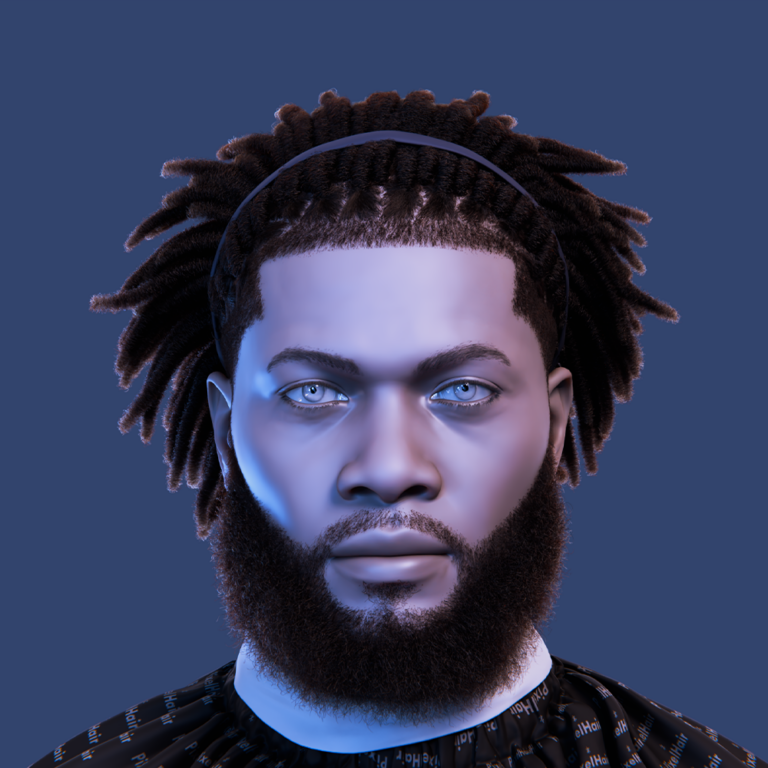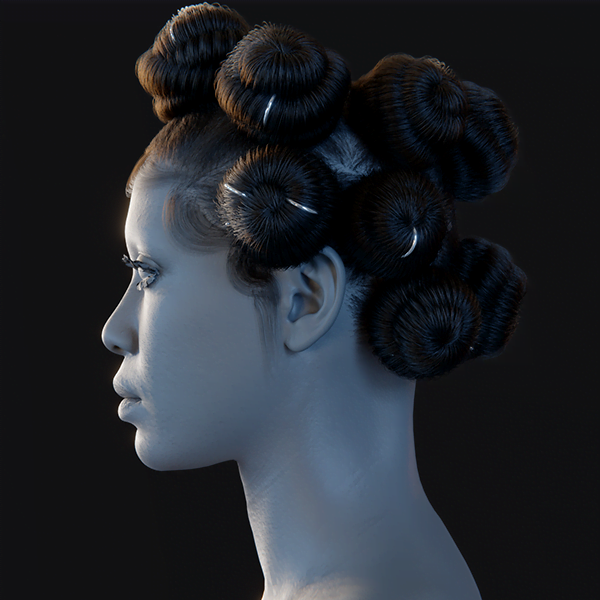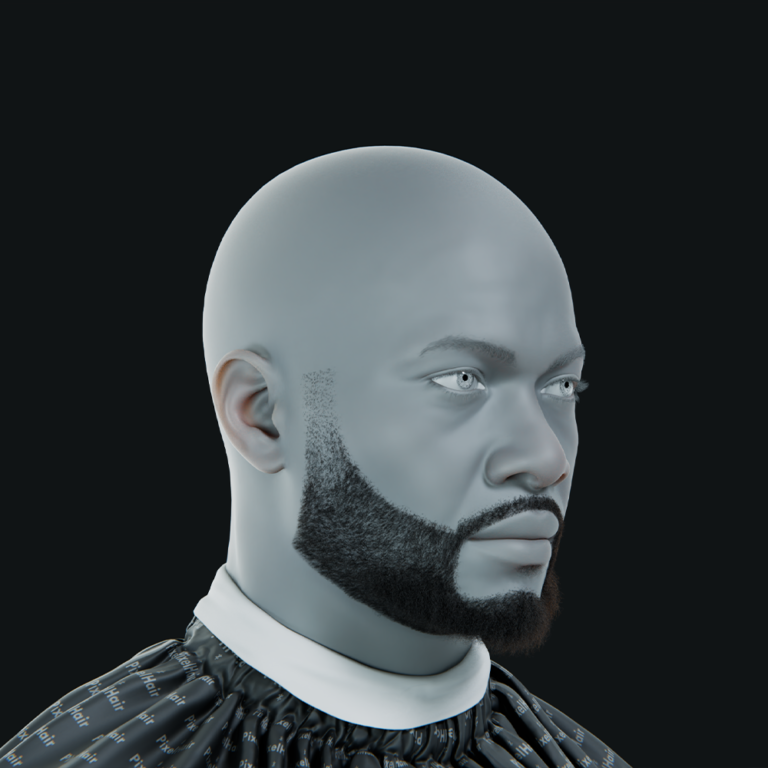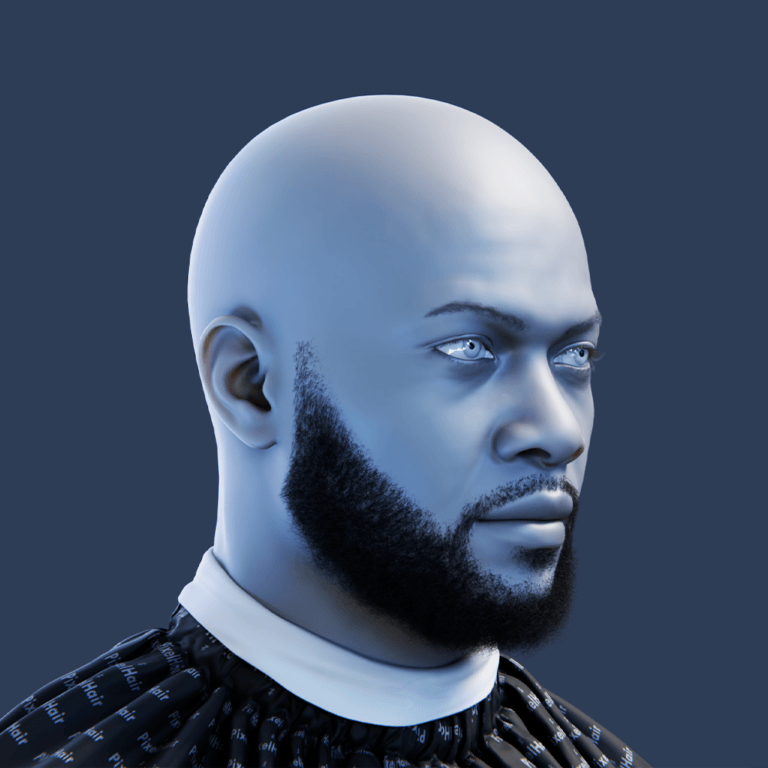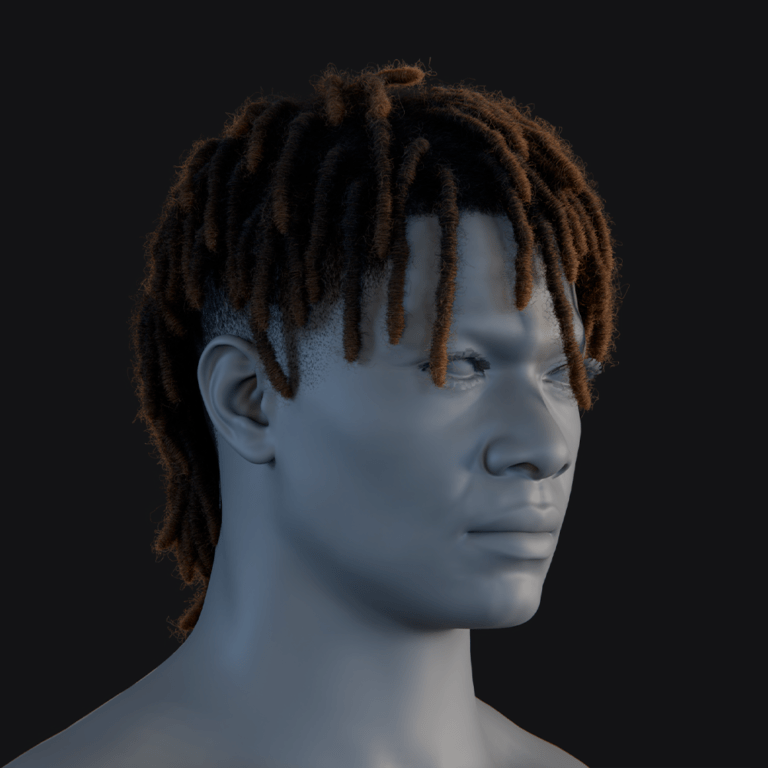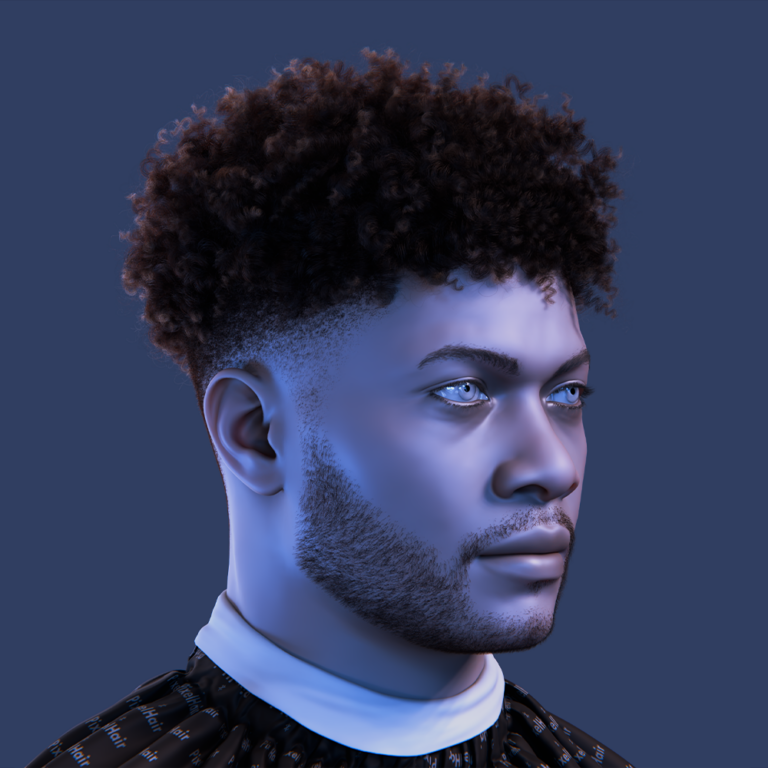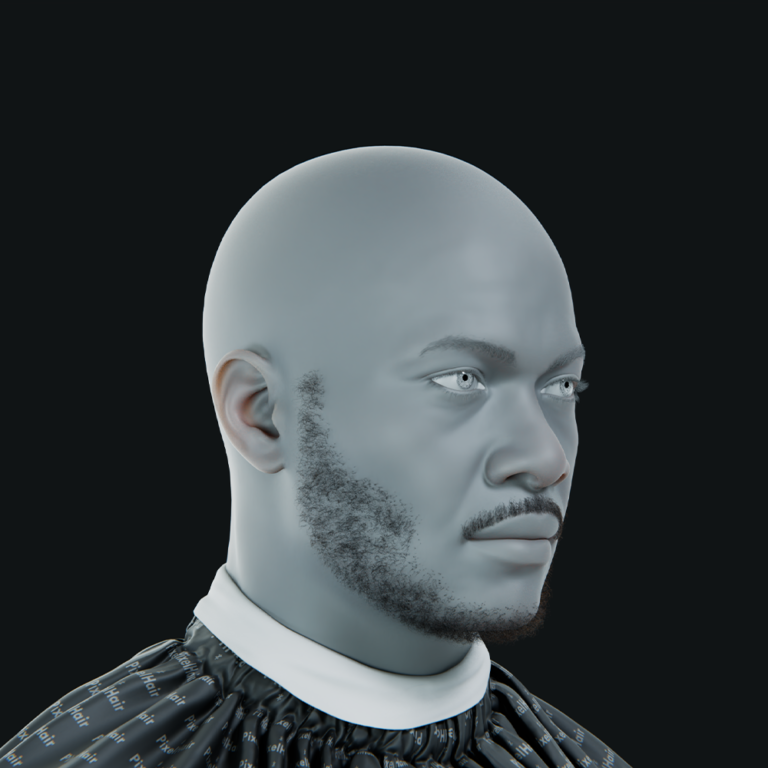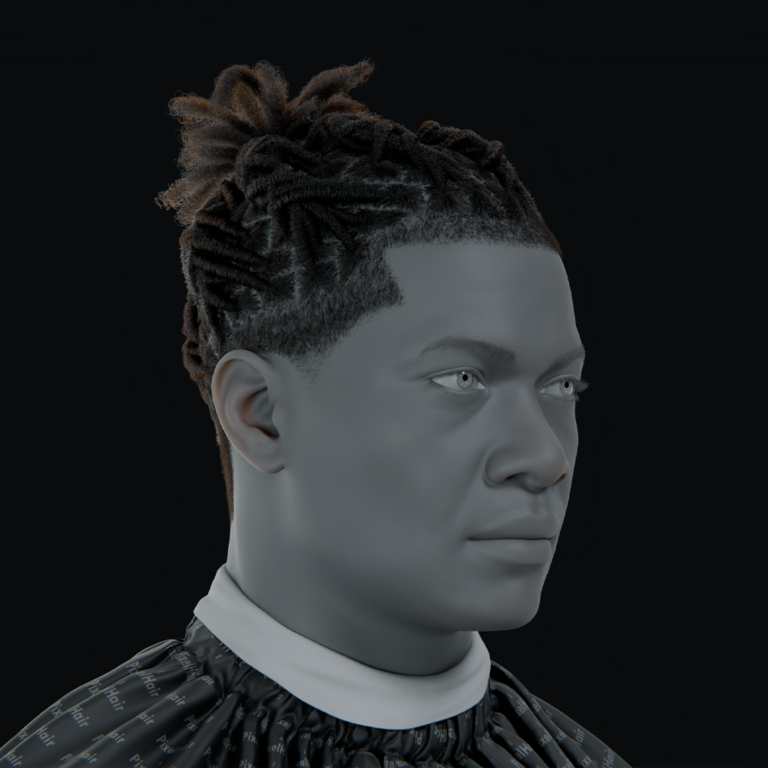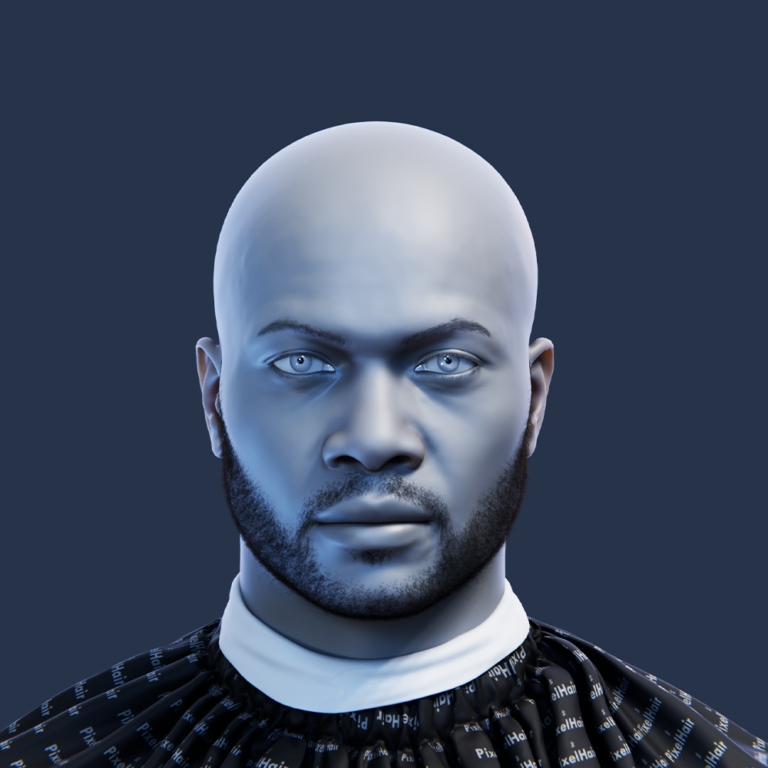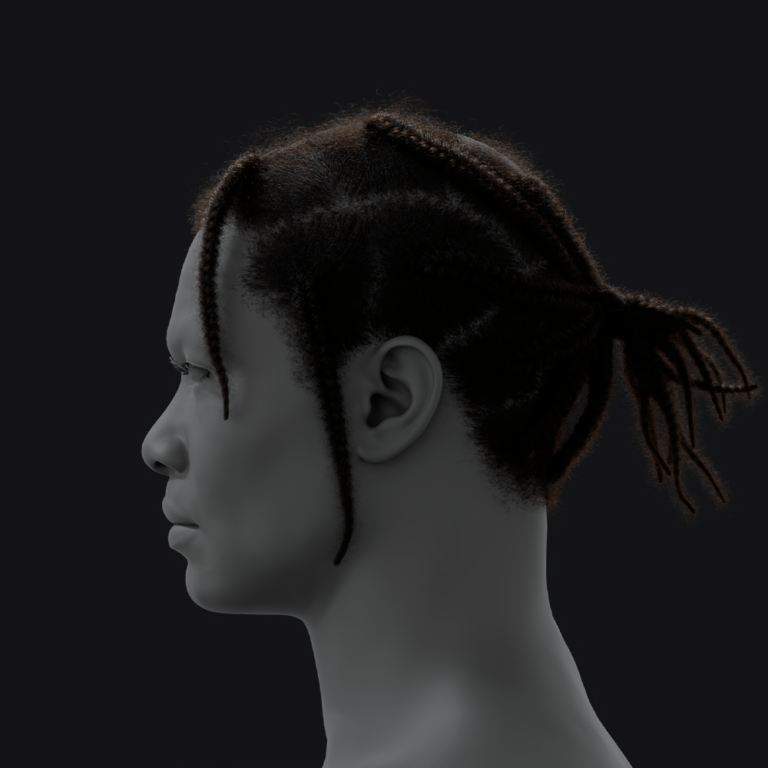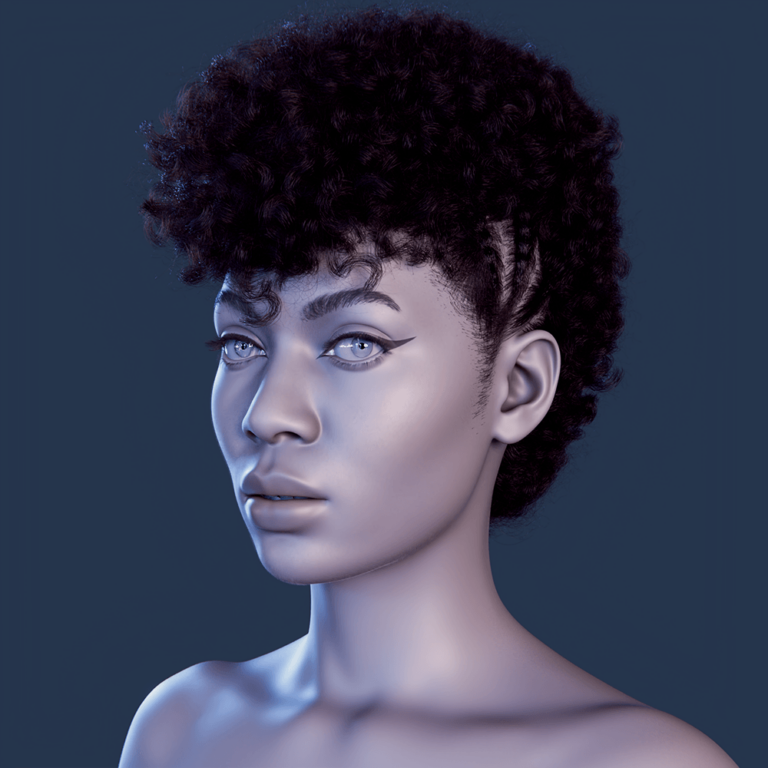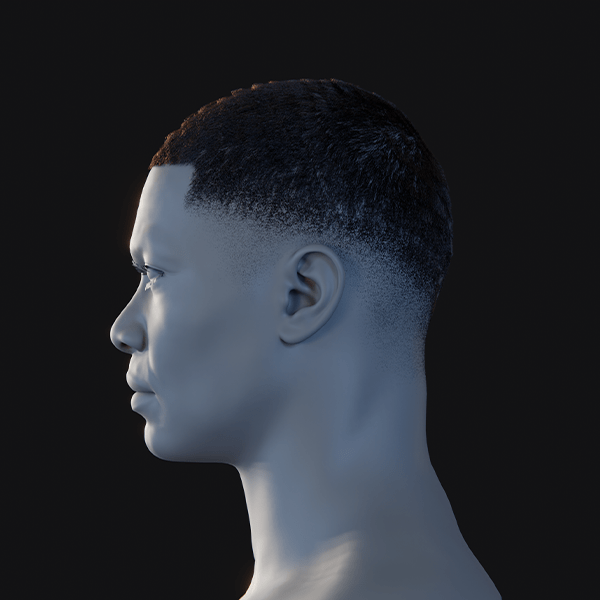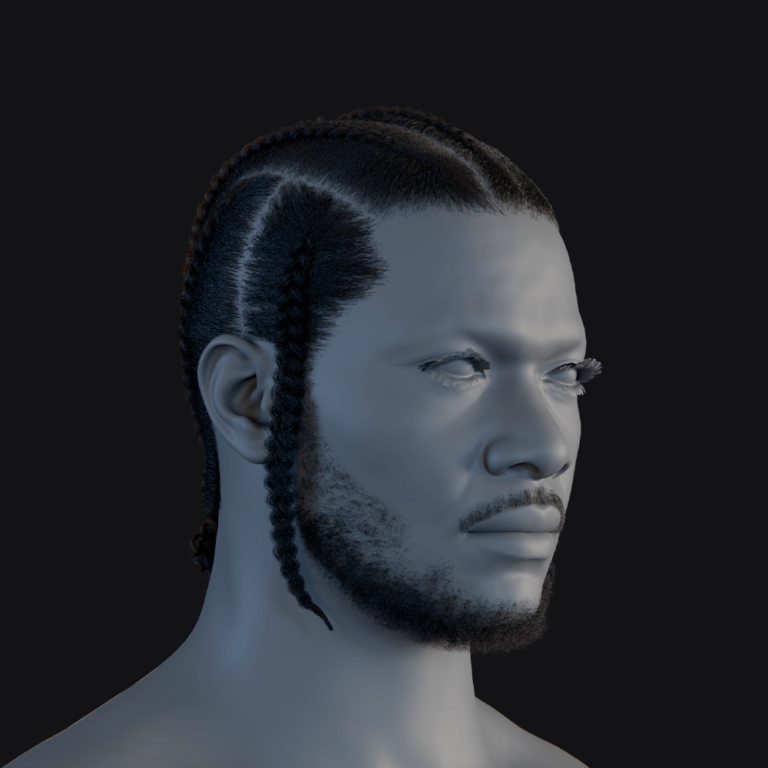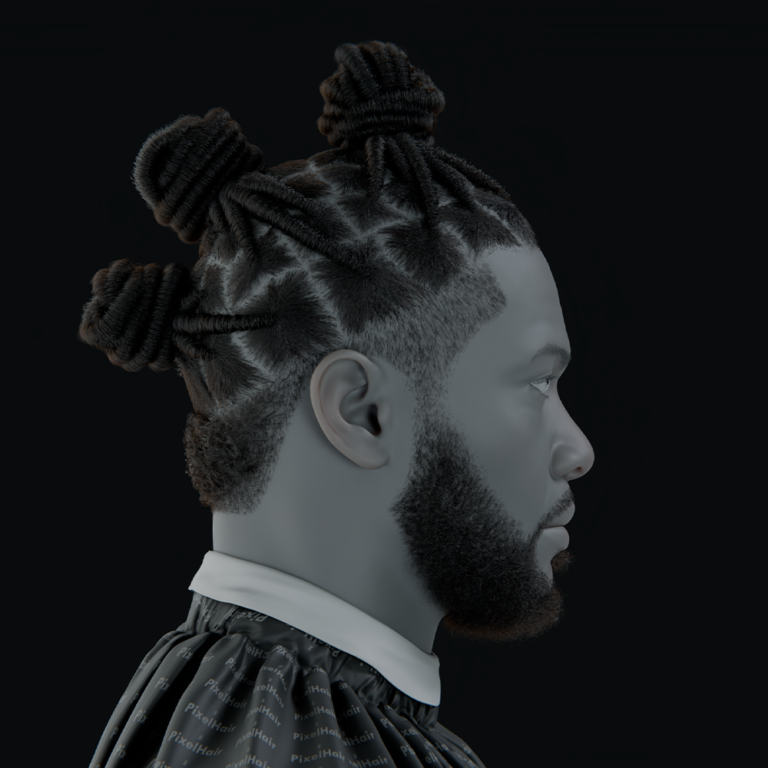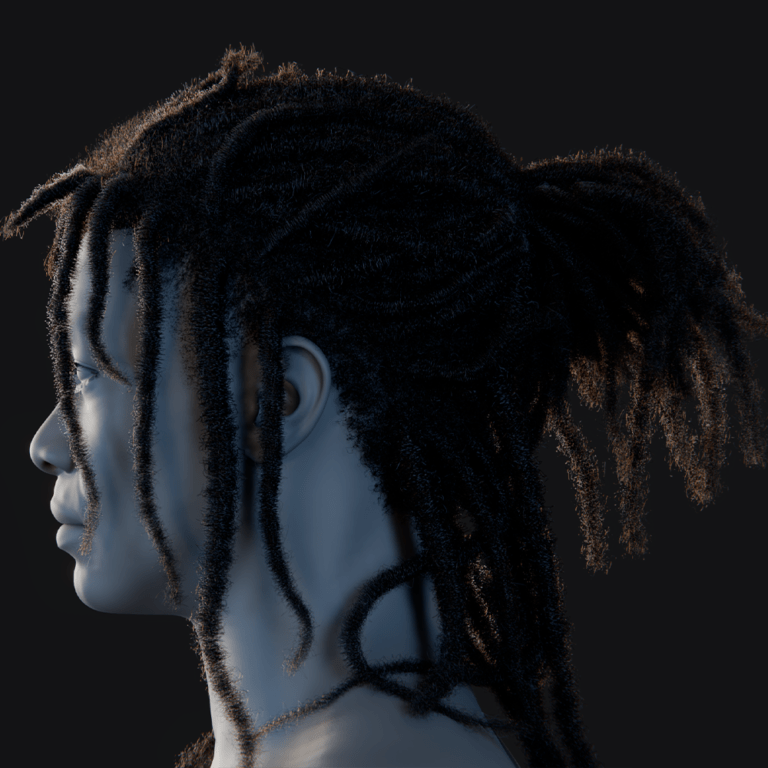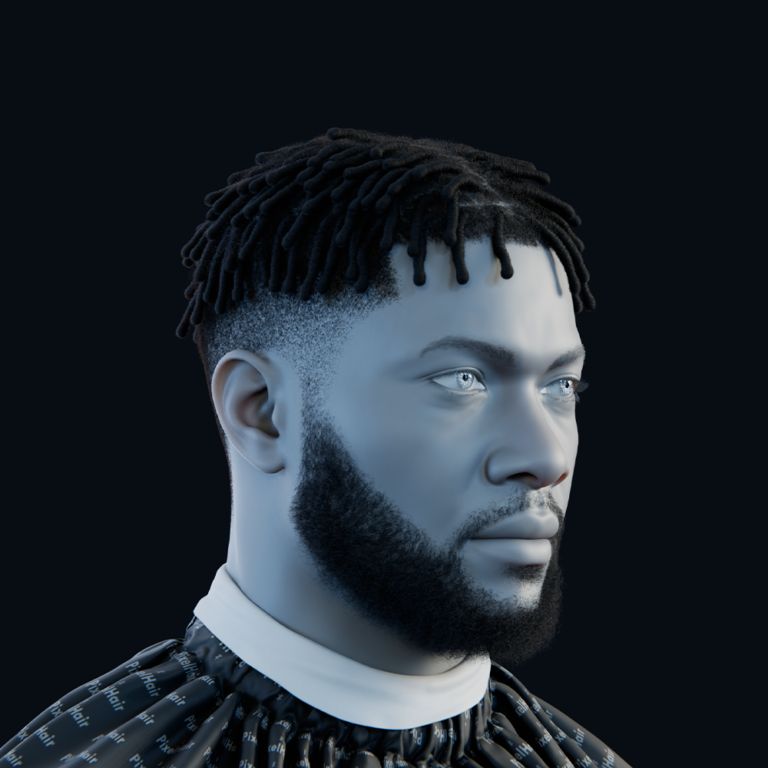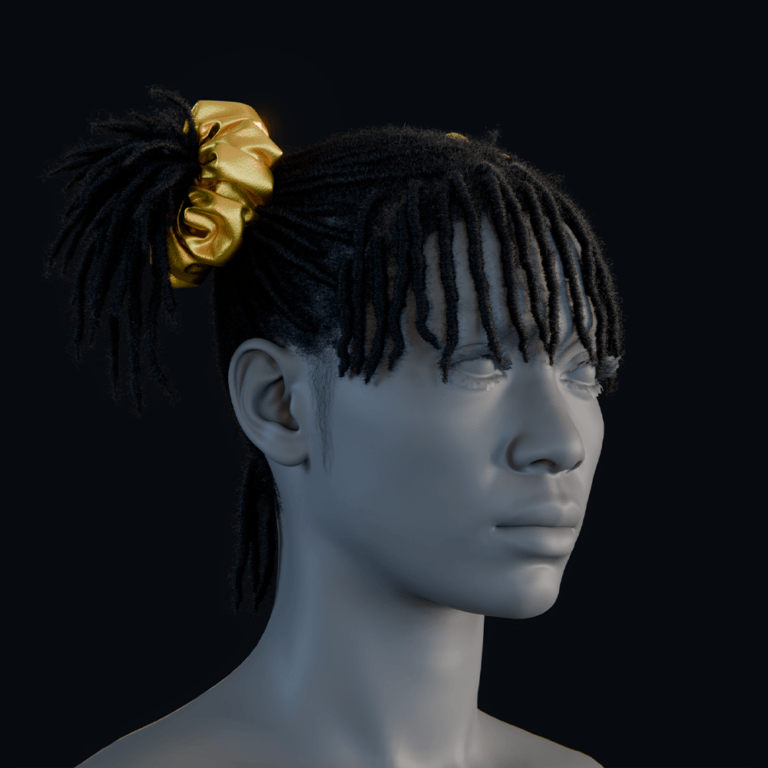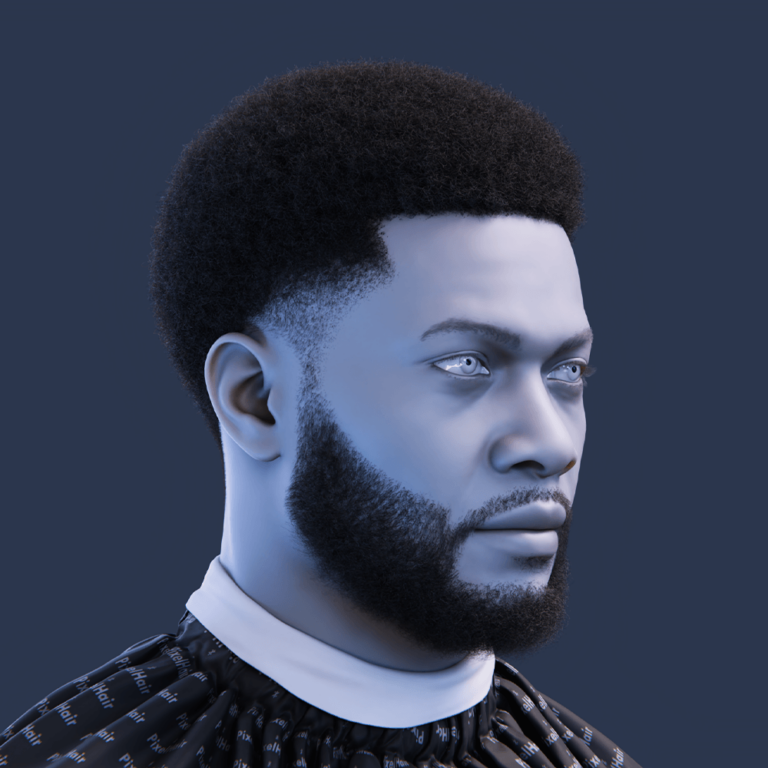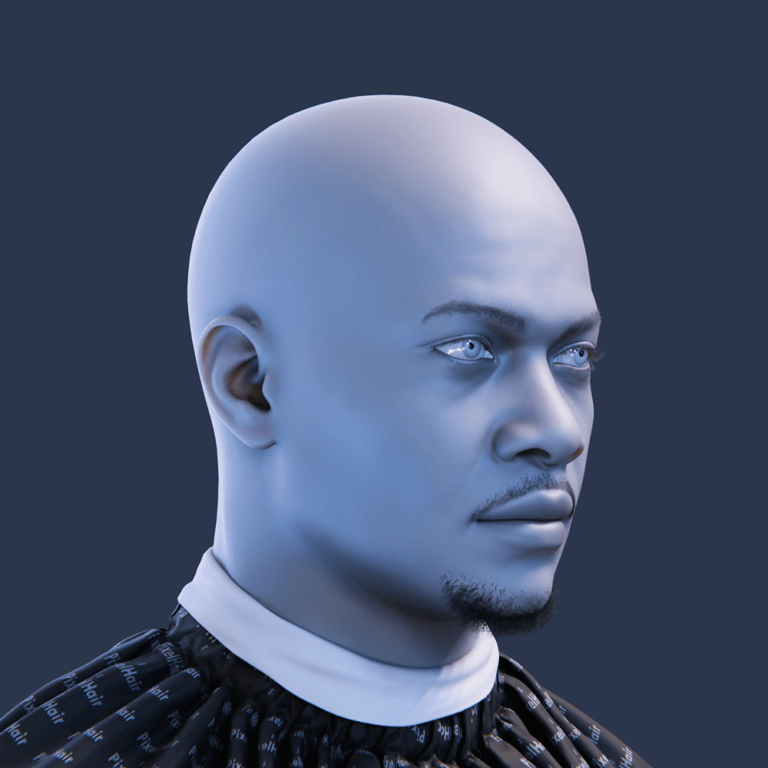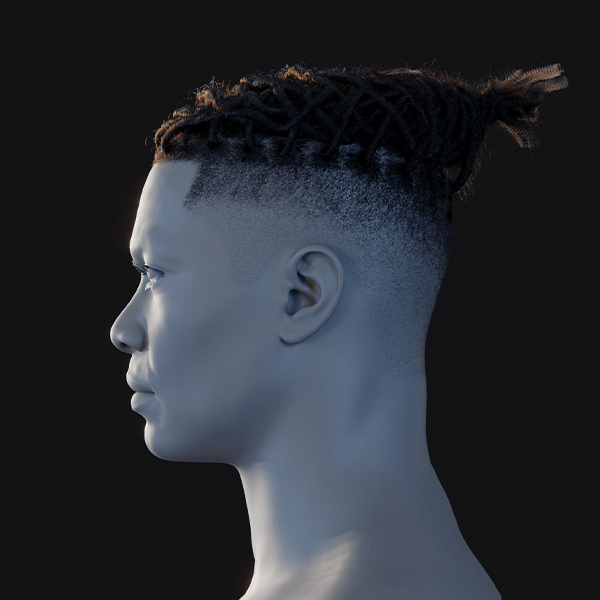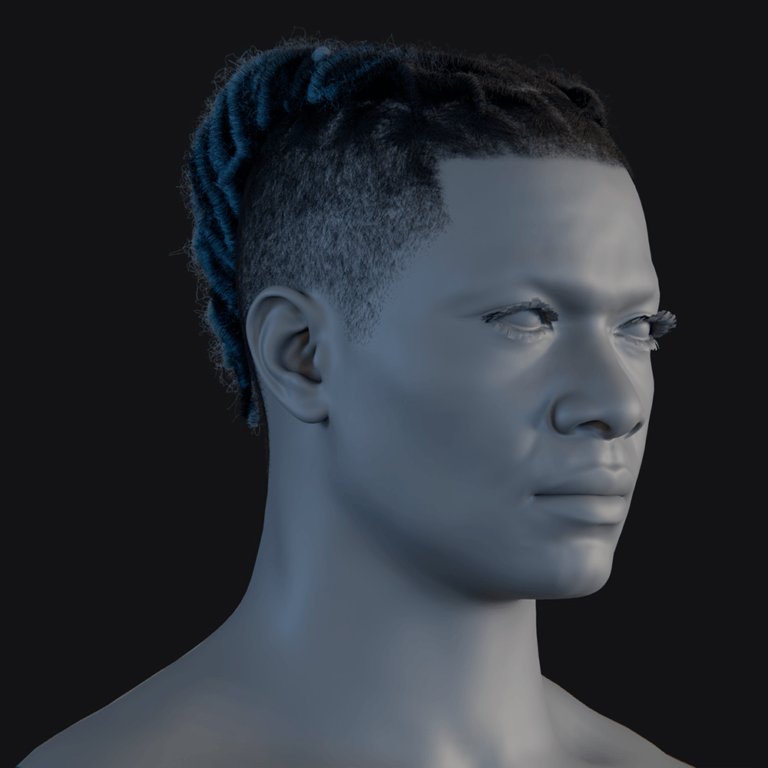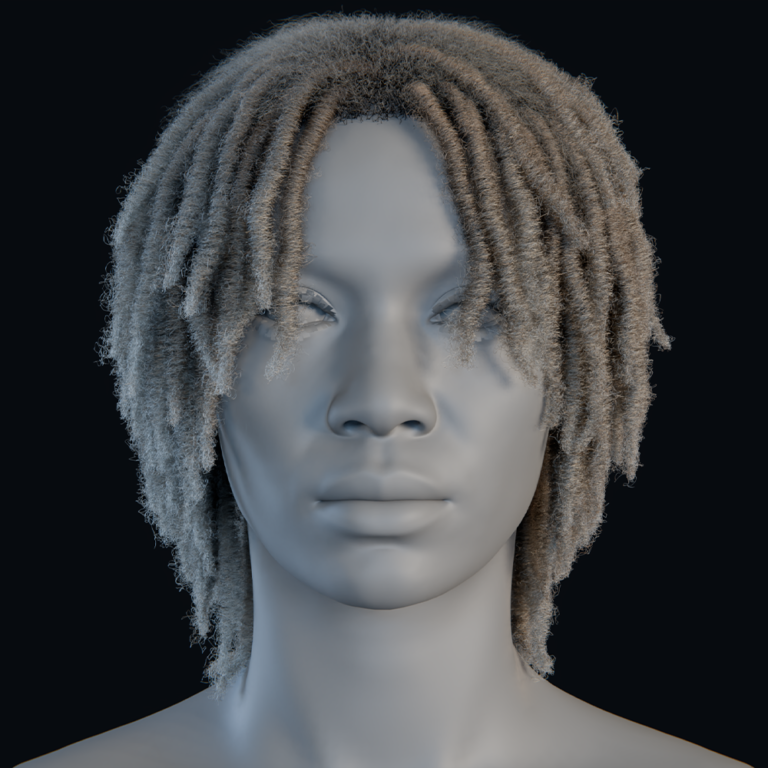Introduction: The Importance of Camera Movements in Visual Storytelling
Camera movements are a powerful storytelling tool that enhances visual impact and emotional resonance in filmmaking. Though often subconscious, these movements guide focus and evoke feelings. Well-planned moves enhance narrative, mood, and immersion beyond static shots, adding a layer of visual language.
Camera movement has evolved from mostly static shots in classical Hollywood to dynamic moves pioneered by directors like Hitchcock (dolly zoom in Vertigo) and Welles (tracking/crane shots in Citizen Kane). These innovations demonstrated the storytelling potential of camera movement. Modern filmmakers utilize Steadicams, drones, and virtual cameras, creating surreal floating shots (Gravity) and seamless one-take sequences (Birdman) to engage viewers. This evolution reflects cinema’s drive to make viewers active participants in the story.
Understanding the Basics of Camera Movements
Camera movement involves deliberately shifting the camera’s position or angle during a shot, either by moving it physically or pivoting, unlike static shots with no motion. Dynamic shots add energy or reveal information, while static shots highlight subjects. Neither is superior, static shots emphasize moments and performances, while moving shots provide context or track action. Static shots hold a fixed frame until a cut, feeling stable or formal, while dynamic shots alter the frame, adding life and progress. Effective cinematography balances both, using movement when it enhances the story and stillness when it suits the narrative.
How camera movement affects various aspects of a shot:
- Composition & Framing: Movement alters the frame, unveiling information, context, and relationships, directing viewer focus in real-time.
- Mood & Emotion: Movement style shapes mood, slow/smooth for calm, fast/jerky for excitement/anxiety. Steadicam creates a dreamlike feel, handheld a chaotic one, aligning with emotional intent.
- Perspective & Depth: Movement enhances 3D spatial awareness and shifts perspective, tracking in immerses, overhead shots show scale, crane shots toggle macro to micro, deepening the story.
- Engagement & Immersion: Active movement engages by fostering participation, avoiding dullness and boosting immersion, but must be motivated to avoid distraction.
- Pacing & Rhythm: Movement dictates pacing, slow for suspense, fast for excitement, setting the film’s tempo, especially in single takes, guiding narrative momentum with speed and trajectory.
Understanding these fundamentals of camera movement and its impact on viewing lays the groundwork for effective storytelling through motion..
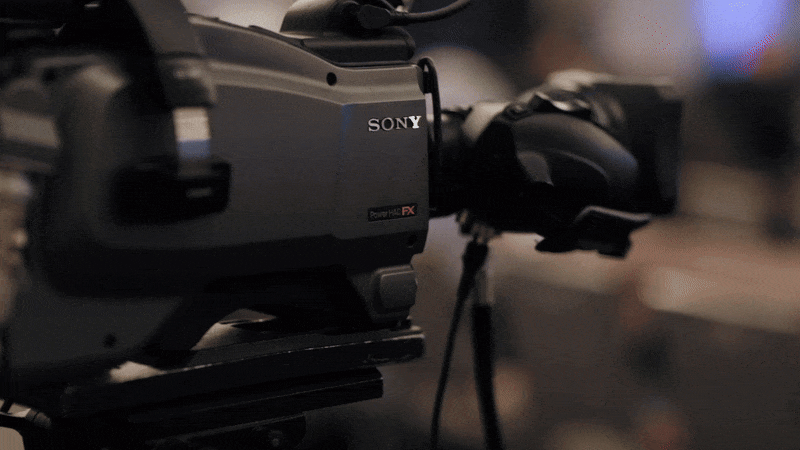
Types of Camera Movements and Their Uses
Film and video creators have a rich toolkit of camera movements. Each type of motion has typical uses that can shape the narrative and visual style. Below is a comprehensive guide to common camera movements, what they are, and when to use them for maximum cinematic effect.
Pan
A pan is a horizontal camera rotation from a fixed point. It follows subjects, reveals information, and connects points without cuts. Speed affects mood: slow builds suspense, fast adds energy. Smoothness is key
Tilt
A tilt is a vertical camera pivot, showing height, depth, or hidden details. It mimics human vertical scanning and should be steady and controlled.
Dolly (Tracking Shot)
A dolly shot moves the camera towards or away from a subject on a wheeled platform, creating spatial movement. A tracking shot, similar to a dolly shot, moves alongside a subject, often using a dolly for smoothness. Dolly shots enhance intimacy or reveal context. They can combine with other movements, like tilting, and create effects like the dolly zoom. Directors use them for continuity and immersion.
Crane Shot
Crane shots use a camera on a crane or jib arm for high, sweeping movements, providing grand, floating perspectives. They establish scale, connect scenes, and create dramatic transitions. Drones can achieve similar effects. Crane shots add epic scope and creative freedom.
Handheld Camera
Handheld camera movement creates a shaky, realistic look, unlike smooth dolly or crane shots. It adds urgency, intimacy, and authenticity, especially in documentaries and action scenes. While effective for conveying chaos and realism, excessive shaking can disorient viewers. Purposeful handheld movement enhances the story by immersing the audience.
Steadicam (Gimbal) Shot
Steadicams and gimbals stabilize cameras for smooth movement, offering dolly-like shots without tracks. They’re used for long, fluid shots and create immersive, professional footage, combining handheld freedom with dolly smoothness..
Zoom In/Out
A zoom adjusts the lens optically, altering focal length to make subjects appear closer (zoom in) or farther (zoom out), unlike a dolly which moves the camera and shifts perspective. Zooms change the field of view, not perspective, quickly focusing on details or revealing context, zooming in for focus or surprise, zooming out for revelation or isolation.
Lacking perspective shift, zooms can feel mechanical or flat compared to dolly moves. Prominent in 1960s-70s cinema for dramatic crash-zooms with campy energy, modern use is sparing, often paired with moves like the dolly zoom for a warping effect. Best for quick emphasis or style, slow creep zooms build tension, fast zoom-outs aid transitions, they alter framing instantly but need narrative purpose (e.g., revealing plot, reflecting character awareness) to avoid seeming random or cheesy. When apt, zooms efficiently enhance storytelling, acting as visual exclamation marks.

Rack Focus
Rack focus is a lens focus shift, not camera movement, that directs viewer attention. It moves the focus plane between subjects, highlighting reactions, details, or connections. It can convey realizations and requires focus puller coordination. When done well, it’s a subtle tool for guiding attention within a shot.
Whip Pan
A whip pan is a very fast horizontal camera rotation that blurs the image, creating a quick transition. It’s used for energy, transitions, and stylistic flair in action and comedy. It can connect simultaneous actions and hide cuts. While energetic, it should be used sparingly to avoid exhausting viewers.
Overhead (Bird’s Eye View)
Overhead shots, or bird’s-eye views, are extreme high-angle shots looking straight down. They establish geography, show patterns, and evoke emotions like isolation or omniscience. Drones have made them more accessible. These shots add a unique perspective, making scenes feel dramatic or abstract.
360-Degree Camera Movement
A 360-degree camera move circles a subject or rotates in place, showing all angles. It enhances moments, provides panoramic views, or creates disorienting effects. Used for intensity, immersion, or to symbolize narrative turns, it’s a bold, attention-grabbing technique.
Famous Examples of Epic Camera Movements in Recent Film and Games
Camera movements have given us some of the most breathtaking and talked-about moments in modern visual media. Let’s explore a few iconic examples from recent films and video games, and see how those camera moves amplified storytelling and audience engagement.
In Modern Film
Modern cinema uses continuous one-take sequences to enhance storytelling. Birdman’s Steadicam fluidity immerses viewers in the protagonist’s mindset, while 1917’s long takes, with dollies, cranes, and handheld shots, simulate real-time World War I tension, creating an “I-am-there” feel. Gravity’s opening zero-gravity long take orbits astronauts, conveying space’s expanse and danger with a “floating” camera. Birdman’s seamless theater tour turns simple scenes into visceral journeys.
The Matrix’s “bullet time,” with multiple cameras for a 360° freeze and rotation, transformed action scenes. Inception’s rotating hallway fight, using a rotating set, delivers a gravity-shifting illusion. La La Land’s crane-assisted “Another Day of Sun” captures musical exuberance, and The Revenant’s long handheld takes plunge viewers into a bear attack and wilderness struggle. These long takes, swirling action shots, and lyrical crane moves align with the story’s tone, evoking dread, exhilaration, or wonder for memorable audience experiences.

In Video Games
Game developers enhance storytelling with cinematic camera techniques in interactive media. God of War (2018) uses a continuous one-shot camera, tracking the protagonist seamlessly from start to finish, fostering immersion and emotional connection through an over-the-shoulder view. Red Dead Redemption 2 (2018) integrates filmic angles and moves, like wide tracking shots during horseback rides, and a cinematic mode with AI-controlled sweeping crane shots and panning vistas for engaging travel.
The Uncharted series, notably Uncharted 4’s jeep chase, blends player agency with cinematic swoops in cutscenes rivaling Hollywood, using dolly zooms and steadycam-like effects. Virtual cameras enable impossible moves, such as flying through walls or shifting perspectives in Cyberpunk 2077 and Half-Life: Alyx, blurring film and game cinematography lines to deepen story engagement. Dynamic motions, like God of War’s continuous shots or battlefield circles in strategy games, match film’s narrative impact, using thoughtful movements to convey tone and visceral feeling.
Tools for Achieving Professional 3D Camera Movements
Smooth camera movements in 3D animation, VFX, and game engines depend on software and virtual rigs, mirroring live-action tools.
- Real-World Camera Motion Tools: Dollies and tracks ensure straight tracking, jibs and cranes enable high-to-low sweeps, Steadicam rigs or gimbals provide a floating effect, motorized sliders offer short dolly moves, cable-cams deliver overhead shots, and motion control rigs repeat precise VFX moves. Tools differ by purpose: tripods for whip pans, Steadicam/gimbals for tracking, cranes/drones for aerials.
- Simulating Camera Movement in CGI and Animation: Virtual cameras replicate real ones with focal length and aperture settings, animated by keyframing position and rotation. They allow limitless moves, like flying through a needle’s eye or to space, but often prioritize realism with shake, bob, and smooth acceleration/deceleration. Motion capture records handheld moves for natural results.
- Virtual Production and Game Engines: Unreal Engine’s Cine Camera and Sequencer support real-time 3D environments with cinematic controls, keyframing, or VR-driven handheld simulation. The Mandalorian used Unreal with LED volumes for CG backdrop sync and parallax. Virtual cameras permit impossible moves like window swoops, often mimicking cranes/drones for realism. Unity’s Cinemachine and Unreal rigs add damping and noise for inertia.
- Blender and Other Tools: Blender provides keyframing, path-based movement, constraints, and “walk/fly” mode, with settings for sensor size, focal length, depth of field, and motion blur. Add-ons emulate dollies, cranes, and handheld shots. Maya and Cinema 4D offer advanced tools and plugins for real camera data, while previs software uses iPads or VR for control.

Common Mistakes When Using Camera Movements
Camera movements enhance films but can detract if misused. Here are common errors and avoidance tips:
- Unmotivated Camera Movement: Movements must serve the story or emotion (e.g., revealing, following, building tension). Unnecessary motion distracts; use static shots if it lacks purpose. Principle: “Just because you can, doesn’t mean you should.”
- Excessive or Constant Movement: Too much motion overwhelms, making films hyperactive. Balance static and dynamic shots, vary movement types, and use stable shots for reorientation.
- Shaky or Sloppy Execution: Unintentional shakiness looks unprofessional. Use tools, practice, and stabilization for smooth shots; rehearse and take multiple shots, as software fixes may distort.
- Moving Too Fast or Too Slow for the Scene: Movement speed must match mood, fast for urgency, slow for suspense. Mismatched pacing (e.g., whip pan in quiet scenes) confuses; test during shooting to align with story beats.
- Breaking the 180-Degree Rule Unintentionally: Unplanned crossing of the 180-degree line in dialogue or directional scenes flips orientation, confusing viewers. Maintain continuity or reset deliberately.
- Using Complex Moves for Simple Scenes: Elaborate moves (e.g., crane shots) in simple scenes feel excessive. Use restraint; simple shots often suffice to keep focus on the story.
- Neglecting Focus and Composition During Movement: Moving cameras need sharp focus and planned framing at start and end. Rehearse to avoid awkward composition or blur unless intentional.
- Not Accounting for Audience Comfort: Aggressive motion can cause sickness, especially in VR or on big screens. Avoid excessive shake; test footage and opt for cuts if disorienting.
In summary, avoid mistakes with intentional, practiced moves that prioritize story over flashiness. Simpler is often better, motivate, plan, and let the story guide motion.
How to Practice and Improve Your Camera Movement Skills
Mastering camera movements requires practical exercises and repetition to enhance skills:
- Start with the Basics: Practice smooth pans and tilts on a tripod, focusing on clean starts and stops. Zoom in on small targets at telephoto to magnify errors and develop fluid control, a core operator skill.
- Handheld Conditioning: Train handheld stability by walking through obstacle courses, framing subjects, and absorbing footsteps while controlling breathing. Adapt to camera weights, heavier rigs smooth shots but tire faster.
- Follow and Focus Exercises: Track moving subjects (e.g., friends, pets) while adjusting focus manually, panning between subjects at varying distances, and maintaining level horizons and composition (e.g., following upstairs). These drills build multitasking, focus control, and adaptability.
- Recreate Famous Shots: Recreate iconic moves like a dolly zoom (walk backward, zoom in) or a one-take scene with pans, walks, and lifts using any gear. Map out shots like Goodfellas’ Copacabana Steadicam take to learn pacing and visibility, improving technique and choreography.
- Use DIY Gear for Training: Simulate pro gear with a towel or slider for dolly shots, a bicycle or skateboard for low tracking, or a weighted selfie stick for gimbal moves. DIY rigs like PVC shoulder mounts or wheel dollies teach stabilization and resourcefulness.
- Analyze and Iterate: Review footage to catch shaky starts, lost framing, or abrupt tilts, using markers to refine moves. Seek feedback to spot unnoticed errors. Consistent analysis improves smoothness and control over time.
- Practice in Virtual Environments: Use animation software or video game photo modes to practice framing and movement virtually, enhancing cinematography skills for real-world application.
- Develop a Cinematographer’s Eye: Study film camera moves to recognize patterns and purposes, refining your style and ability to guide viewers confidently.
Improvement comes from repetition, start with basics, then add complexity (combinations, moving subjects, long takes), like learning an instrument. Routine practice hones reflexes, elevating work through patience and curiosity, shot by shot.

Frequently Asked Questions (FAQ)
- What’s the difference between a camera movement and a camera angle?
Camera movement shifts position or orientation during a shot, adding dynamism to storytelling, while a camera angle is a static perspective shaping composition. - How do I know which camera movement to use in a scene?
Choose movements that serve the story and emotion, revealing, intensifying, or energizing, with purpose, like tracking action or mirroring feelings. Study films and analyze scenes to refine choices. - Dolly vs. Zoom – what’s the difference and when should I use each?
Dolly moves the camera, maintaining depth for immersive shots, while zoom adjusts focal length, altering perspective for emphasis or stylistic/practical effects. Use dolly for natural flow, zoom for focus. - Do I need expensive equipment to achieve professional-looking camera movements?
Skill and creativity outweigh gear. Affordable tools, DIY setups, and stabilization, plus post-production refinement, can yield smooth shots. Technique matters more than cost. - How can I keep my handheld shots steady and avoid excessive shakiness?
Stabilize with tucked elbows, “ninja walk,” and body absorption. Use rigs (shoulder mounts, gimbals), wider lenses, and stabilization features. Control breathing, adjust posture, and refine with post-production tools like stabilization or slow motion, avoiding distortion. - Is it better to move the camera or move the subject (actors) within the frame?
Subject movement highlights performance and environment; camera movement directs attention and boosts immersion. Combine both for dynamic storytelling based on emotion, clarity, and practicality. - What is a “long take” and why do directors use them?
A long take is a continuous, extended shot with complex camera moves for action. Directors use it for:- Immersion and Tension: Real-time feel heightens suspense (e.g., Rope, Children of Men).
- Showcasing Choreography and Space: Displays action or skills, enhancing spatial awareness.
- Emotional Continuity: Stays with characters for uninterrupted emotional impact.
- Stylistic Statement: Showcases skill, as in Spectre or La La Lan
- Used selectively, long takes blend static or dynamic moves for impact.
- How does camera movement affect the audience’s emotions?
- Intensity and Anxiety: Fast, erratic moves (shaky cam, rapid pans) boost adrenaline (e.g., thriller chases).
- Intimacy and Empathy: Slow, gentle moves (dolly-in) foster connection (e.g., tearful confessions).
- Disorientation or Unease: Unusual moves (sways, rolls) evoke confusion or eeriness (e.g., horror).
- Exhilaration and Energy: Dynamic moves (swoops, spins) excite (e.g., action, dance).
- Suspense and Anticipation: Slow pans build tension (e.g., doorway reveals).
- Calm and Reflection: Minimal, smooth moves soothe (e.g., aerial glides. Movements subtly shape emotions, enhancing scenes invisibly.
- Can camera movement replace the need for editing (cuts)?
Camera movement reduces cuts by shifting focus fluidly, but editing is key for pacing, contrast, and transitions. Films balance both, choosing based on story needs, continuity vs. juxtaposition. - How can I practice camera movement if I don’t have a big crew or fancy location?
Practice solo anywhere with:- Low-Tech DIY Tools: Weighted string or towel dolly for stability. Dedicate 20 minutes daily to a move, using surroundings safely to train mechanics and creativity.
- Home Drills: Dolly to objects, pan reveals, follow pets.
- Smartphone Gimbal or Phone: Stabilize for jib/crane practice, quick reviews.
- Walking in the Park: Film motion, shift wide to close, pan subjects.
- Use Toys or Props: Film figurines for eye-level moves, optional mini sets.
- Record Yourself: Slide camera while acting, tilt with motion.
- Virtual Practice: Use game spectator modes or Blender for planning.
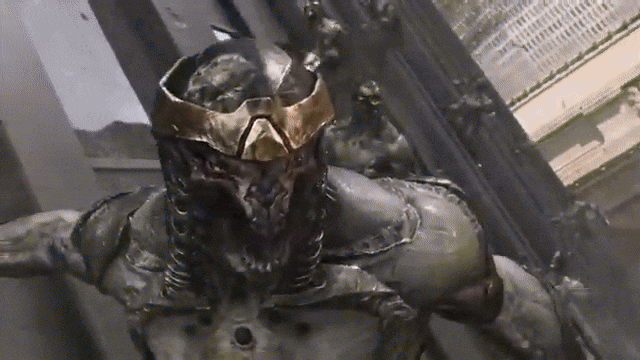
Conclusion: Mastering Camera Movements for Cinematic Excellence
Camera movement is crucial for cinematic storytelling, adding life, emotion, and meaning when mastered. A subtle push-in fosters intimacy, a sweeping crane amplifies grandeur, and a frantic handheld shot plunges viewers into chaos alongside characters. Purposeful moves make you an active storyteller, not a passive observer, but random motion can detract, top filmmakers use it selectively to enhance narrative or emotion. Experimentation drives iconic shots through creative risks.
Polished moves require practice and preparation via rehearsal and planning. Every expert started as a beginner, refining shaky shots through persistence. Exercises build basics, progressing to complex sequences, with mistakes teaching and successes rewarding. Over time, intuition for movement develops. Collaboration is essential, directors, DPs, focus pullers, gaffers, and actors align on set with storyboards and communication. Solo work hones skills, but teamwork with crew like focus pullers or dolly grips is critical for intricate shots.
Mastering movement elevates storytelling by directing the audience’s eye, pacing the narrative, and increasing engagement, capturing subtle shifts or epic battles versatilely. Studying films reveals how and why cameras move, offering insight. The process is enjoyable, executing a great move feels like dancing. For any project, creative movement distinguishes your work. With practice, intent, and boldness, you’ll wield the camera as a storyteller, moving it to move viewers. Start shooting now!
Recommended
How do I focus the camera on an object in Blender?
What is the clipping range in Blender cameras?
How to Install and Set Up The View Keeper in Blender
Is Blender CPU or GPU Intensive? A Complete Guide to Performance in Blender
Blender Restore Curve Segment Length Geometry Nodes Preset: Complete Guide
How do I create a handheld camera effect in Blender?
How do I set up a tracking shot with a camera in Blender?
What is the camera’s field of view in Blender?
How to Save Time in Blender Animations with The View Keeper: A Comprehensive Guide




